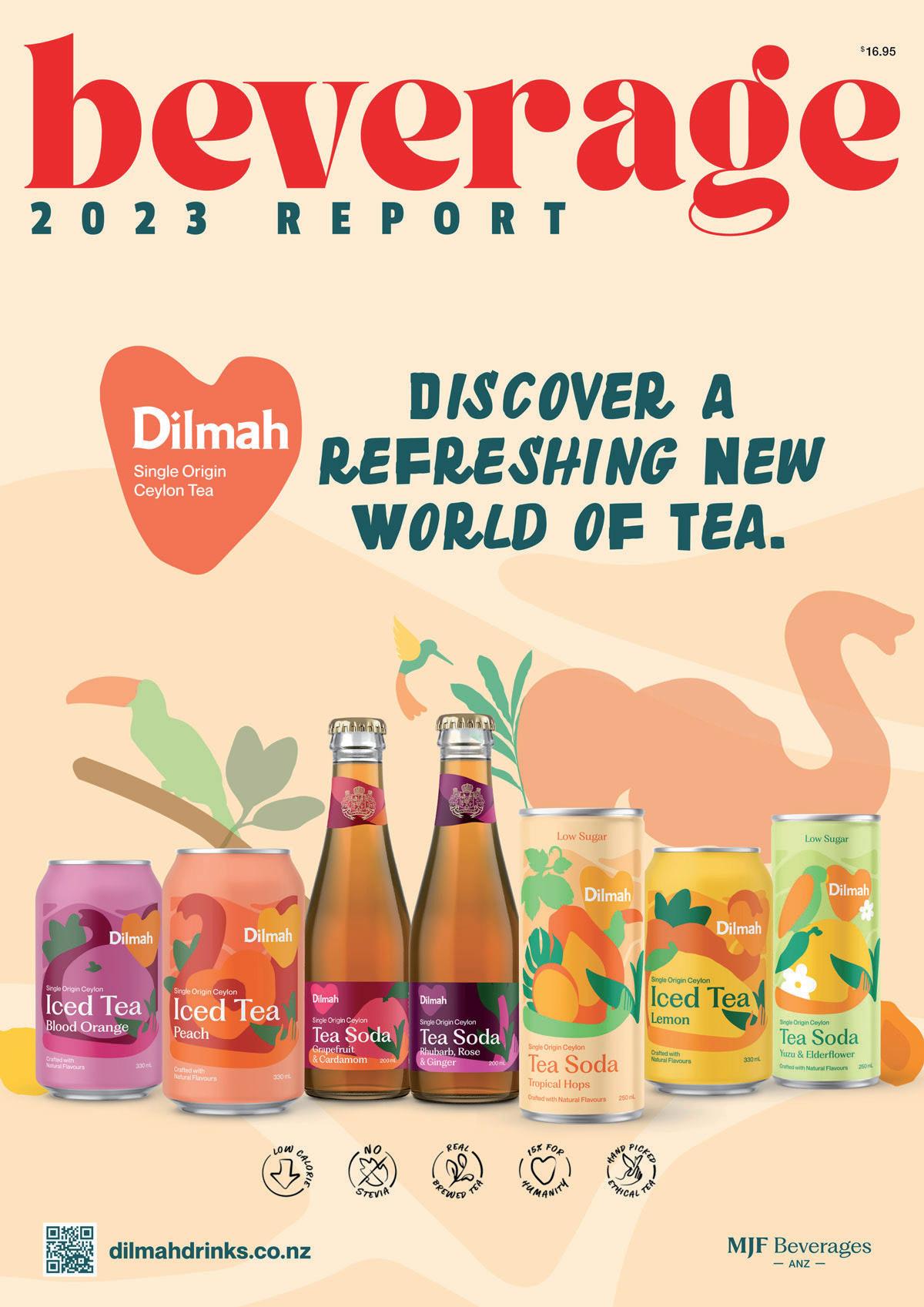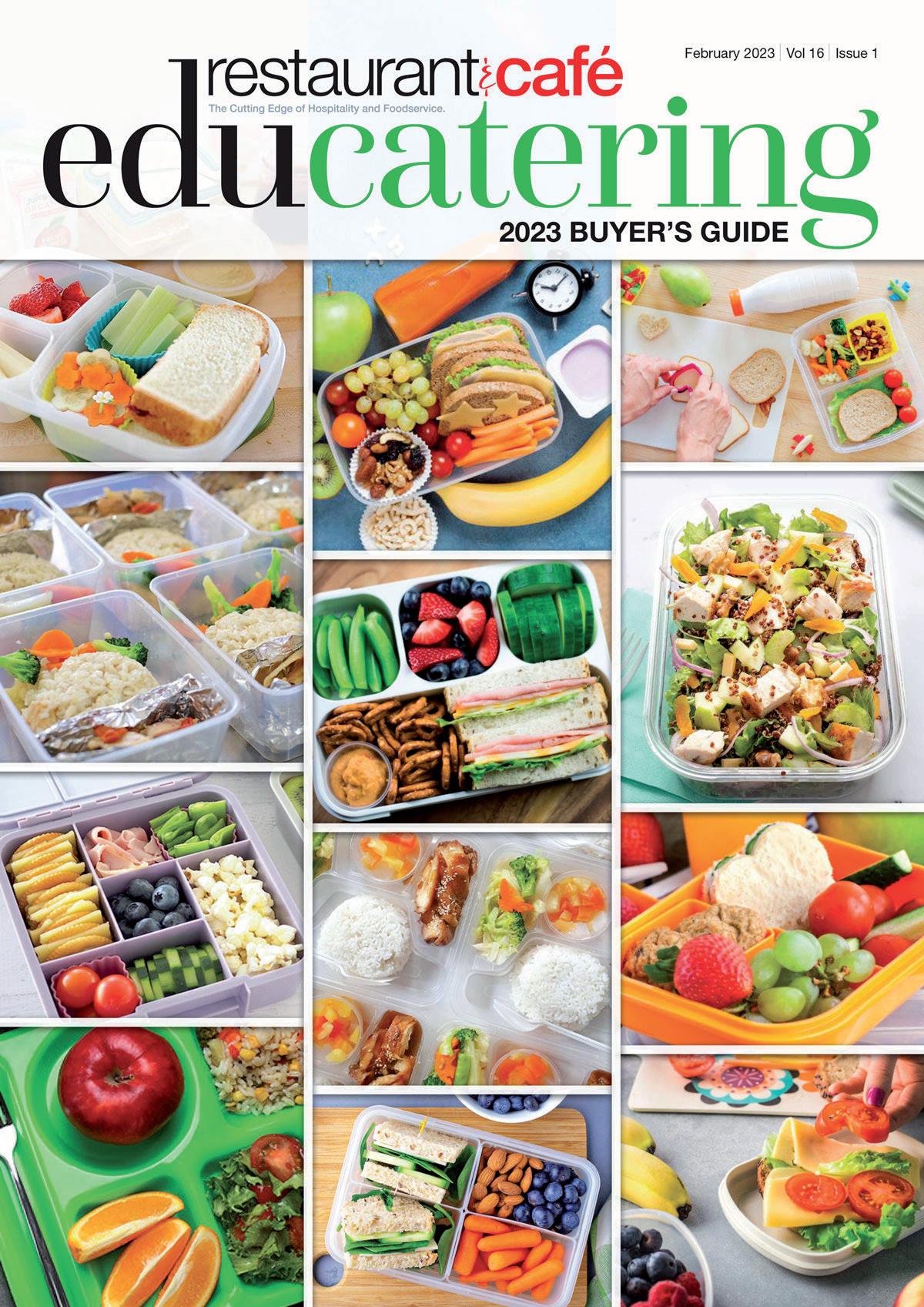




design, often the crockery is purchased to coordinate with the chosen aesthetic, but a peril lurks for the unwary. The culprit? Glazed dishware, a common sight in many establishments, from quaint cafés to upscale restaurants but when crazed it becomes more than an aesthetic concern; it's a matter of public health.
Crazing, the fine network of cracks that can appear on the glaze of ceramic dishes, is not merely a sign of wear and tear. It's a silent harbinger of potential toxicity. When the glaze on dishware cracks, it creates tiny crevices where bacteria can thrive, unseen and often undetected. These micro-habitats for bacteria pose a significant risk to food safety, transforming every meal served into a potential health hazard.
Moreover, the presence of crazing can also signify that the integrity of the glaze has been compromised. In some cases, this can lead to the leaching of harmful substances, such as lead and cadmium if the incorrect glaze has been used. Some imported ceramic glazes have these toxic elements, and unless you know what you are looking at they become a problem as they can accumulate in the body over time, leading to serious health issues.
Despite these risks, many restaurants continue to use crazed dishware, either unaware of the dangers or
unwilling to bear the cost of replacement. The hospitality industry prides itself on delivering not just exquisite culinary experiences but also ensuring the safety and well-being of its customers. Compromising on such a fundamental aspect of customer safety is just irresponsibleand like the tax man, saying you didn't know is no excuse.
Consumers have the right to expect that the food served is not just delicious but also safe to consume. Restaurateurs must recognise that their duty of care extends beyond the kitchen to every plate, cup, and bowl they use. The continued use of crazed glazed dishware is a disaster waiting to happen.
Restaurateurs need to audit their dishware regularly and discard any items showing signs of crazing. In an age where consumer awareness and expectations around health and safety are at an all-time high, restaurants cannot afford to be seen as lagging in their commitment to these standards. So let's be clear, grazed glazed dishware must be thrown out. It's just a matter of good business.


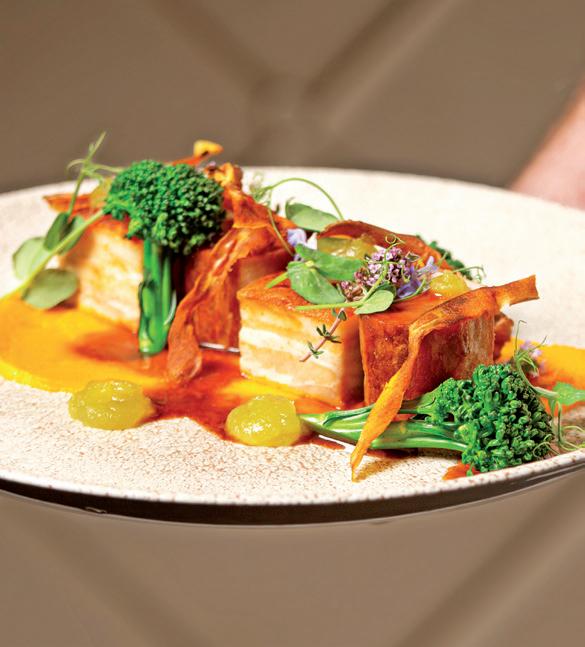
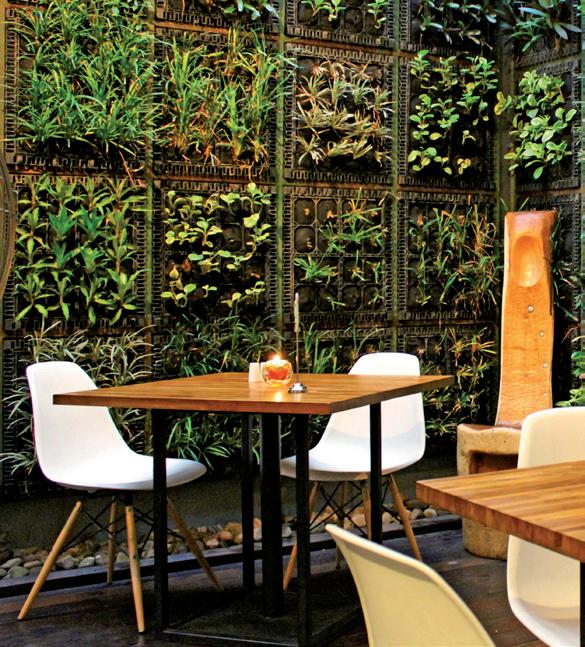
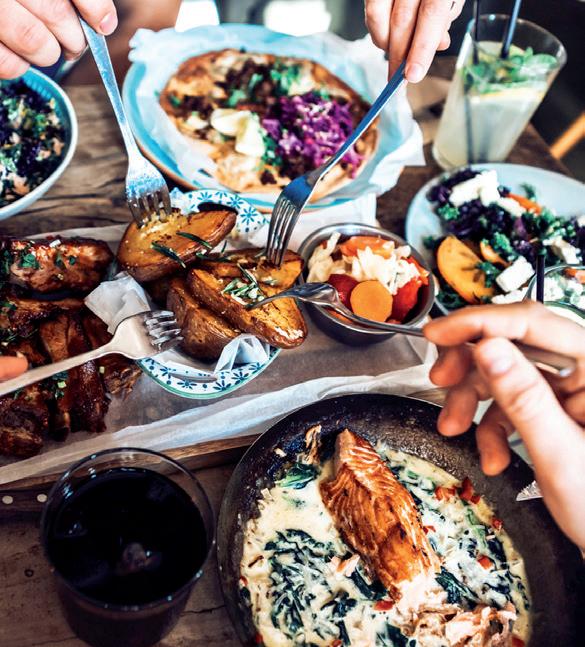



Publisher: Tania Walters, tania@reviewmags.com
General Manager: Kieran Mitchell, kieran@reviewmags.com
Group Managing Editor: Sarah Mitchell, sarah@reviewmags.com
Editor: Caitlan Mitchell, caitlan@reviewmags.com
Editorial Associate: Sam Francks, Annabel Maasdam, Janelle Sequeria
Advertising: Caroline Boe, caroline@reviewmags.com, Findlay Murray, findlay@reviewmags.com
Senior Designer: Raymund Sarmiento
Graphic Designer: Raymund Santos






















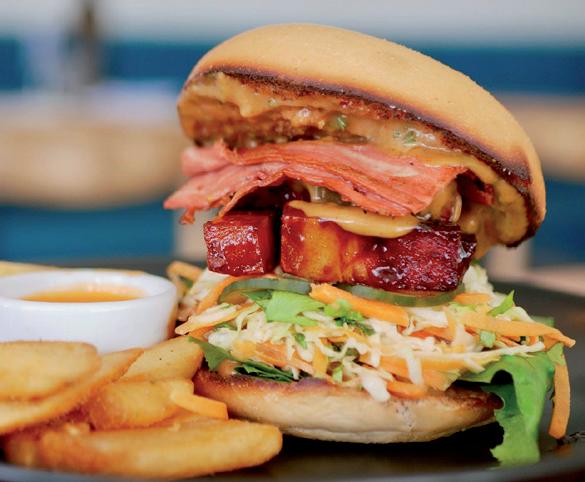

Uber Eats has become the saving grace for restaurant delivery services, enabling a safe and easy service for both restaurants and customers.
In a move towards a greener future, Uber Eats has announced a $13 million fund and multiyear partnership with Australia’s pre-eminent environmental organisation, Planet Ark, to assist
restaurants that use the platform to transition to sustainable packaging.
The move has been described as an “important step” for the more than 50,000 restaurant partners across Australia and New Zealand, especially for the inclusion of reusable, recyclable, and compostable packaging options by 2030.
Read more here
GET READY for the best summer ever, burger lovers, with the inaugural Burger Nation 2024 set to kick off this week.
Celebrating the best burgers that Aotearoa has to offer, the monthlong showcase sees more than 250 eateries around the country serving up their own unique take on this most humble of culinary heroes. And with organisers out to reclaim the essence of what makes a great burger, the celebration sees everyone from classic takeaway
joints, to beach-side food trucks and city bistros taking part.
“We don’t want to stare into the void of a burger spiked on top of a bloody mary in a Las Vegas death spiral of insanity,” said Nick Brown from event producers Cook & Nelson.
“Burger Nation is about finding the best burgers in real life. The dirtiest, tastiest, umami-iest burgers in the country.”
Read more here



Menumaster delivers speed, efficiency, strength, and durability – which is why it is the microwave oven of choice for fast food chains, service stations, supermarkets, convenience stores, cafés and restaurants.
Comprising a complete range of commercial microwave and accelerated microwave, convection, infra-red ovens designed to meet the needs of the most demanding hot food serving environments.
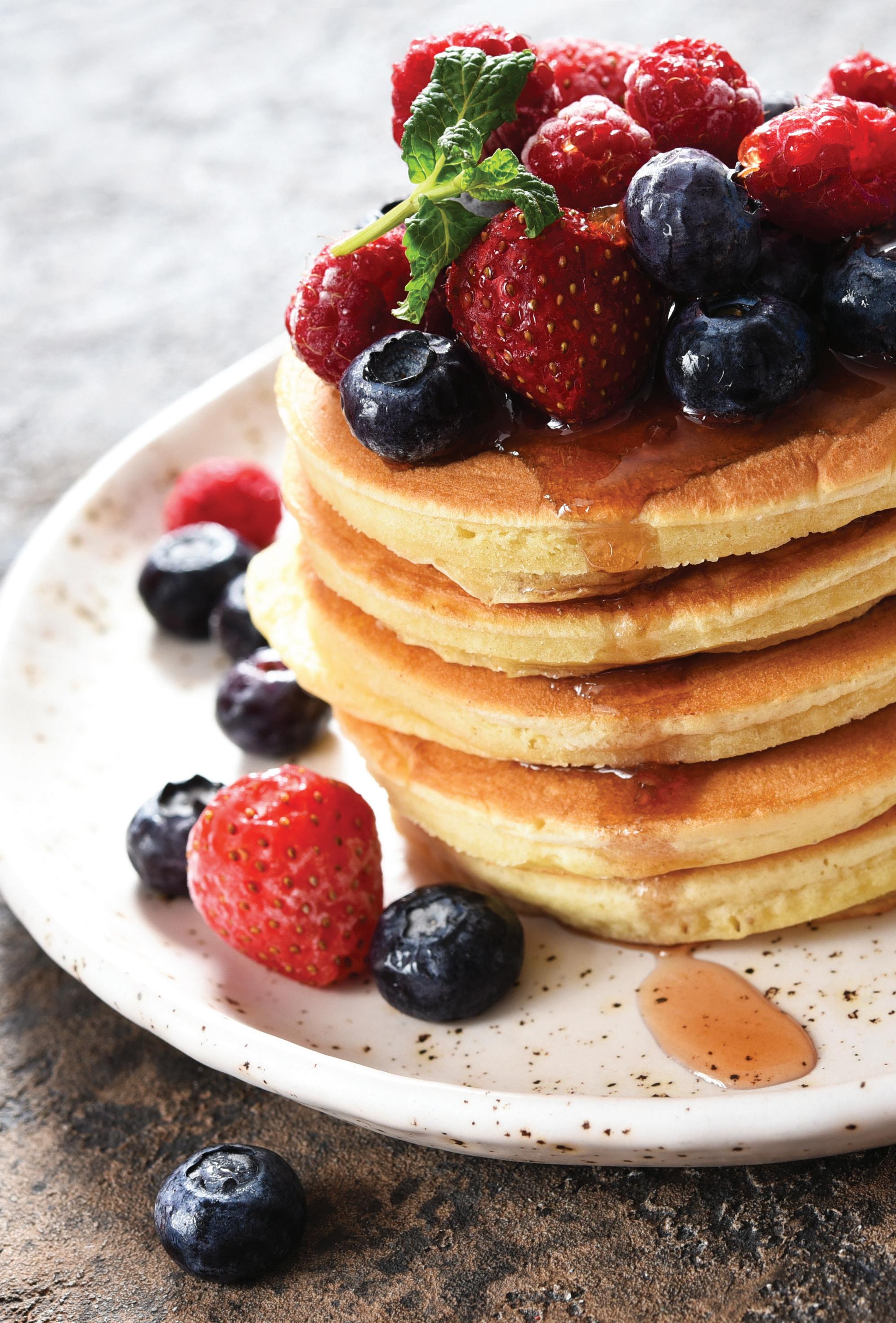

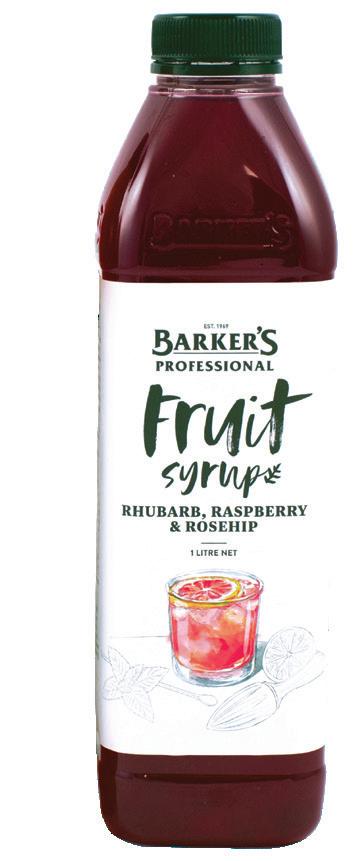



Brothers Beer, the iconic craft beer brewery with vibrant establishments in Mount Eden and Piha, has emerged resilient after facing the challenging currents of financial adversity. It has proudly declared its dedication to eradicating all outstanding debts by the conclusion of 2024, marking the dawn of a new era characterised by growth and resilience. The year 2023 presented Brothers Beer with economic trials that prompted a management restructure, with the appointment of Frans Bos as General Manager. Read more here
Chef and restaurateur Sid Sahrawat’s vision for a modern Asian eatery becomes a reality this week with the opening of Anise in the space formerly occupied by The French Café. Meanwhile, The French Café has moved to a dining room on the opposite side of the courtyard at the Symonds Street premises. The opening of Anise adds versatility to what is now a mini dining precinct, housing the two restaurants wrapped around a gorgeous courtyard reminiscent of an old French quarter, complete with a fireplace, herb garden and al fresco dining. Read more here


Australian Federal Government data released recently has again confirmed that the automatic CPI indexation of spirits tax is undermining its efforts to curb inflation. Spirits tax will increase yet again on February 5 to a new high of $101.85 per litre of alcohol, off the back of the December quarter CPI increase. Spirits & Cocktails Australia chief executive Greg Holland said it is the 74th such increase levelled at Australian spirits manufacturers, which were already paying the world’s third highest spirits tax. Read more here





























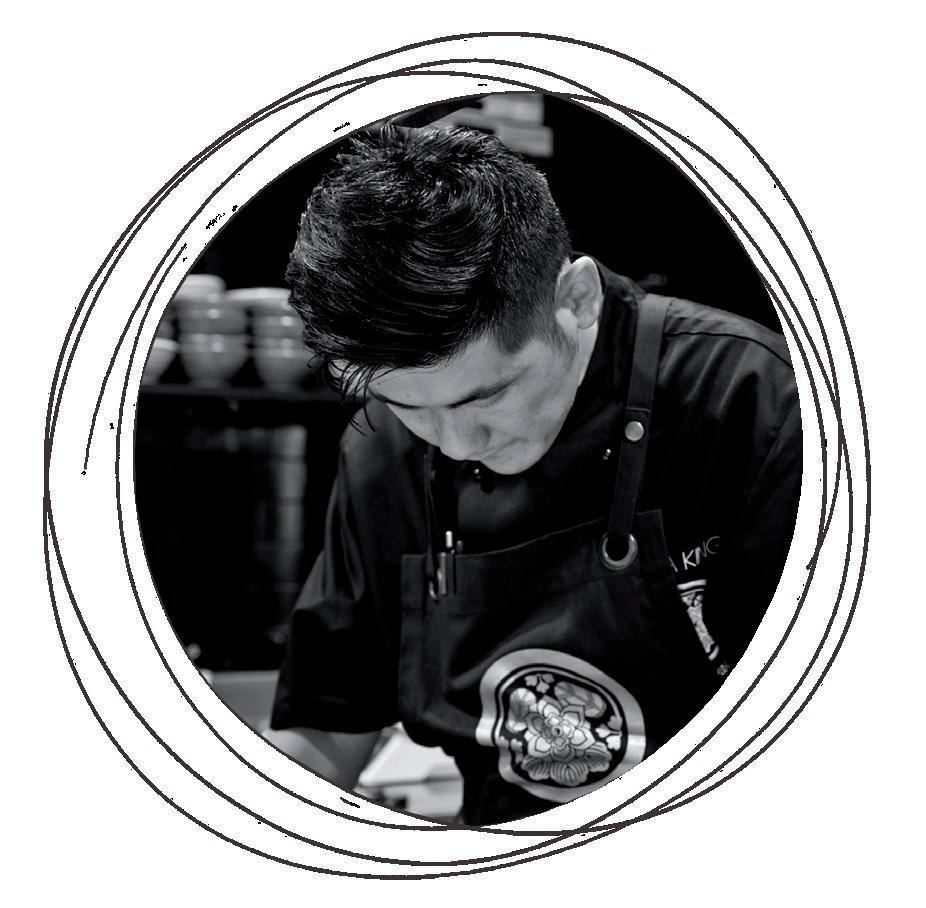
After completing his senior year in Korea, Lucas Lee moved to New Zealand over a decade ago. Having worked in a commercial kitchen for 14 years, Lee has been the head chef at Wakuwaku since it opened its doors in Auckland’s Remuera suburb in 2022.
experience includes his work in various kitchens such as Clooney (Des Harris), The French Cafe (Simon Wright), Sidart (Sid Sahrawat), Cocoro (Makoto Takayama), and Gochu (Jason Kim).
“My parents were always busy with work, so I cooked meals at home as a teenager. I read cooking books and comics at the library and tried some recipes at home.”
Describing his style of food as ‘comfortable and smiling’, Lee aims to make customers feel a sense of happiness as they taste his creations and return with their loved ones to keep experiencing that state of mind.
Some of Lee’s personal favourites that always make him smile are Korean sushi rolls and spicy instant noodles.
Traditional authentic cuisines have heavily inspired him, and he is a massive fan of classical cooking styles. This is an influence of his training from older Kiwi chefs.
“I always try to develop old authentic cuisine with my style of food, which is a recreation with new techniques and ingredients.”
One of his specialties at Wakuwaku is the Karaage Duck, a take on the commonplace Japanese dish, Karaage Chicken.
In terms of the challenges faced by the hospitality industry, Lee is concerned about customers’ spending habits due to the increased cost of living and high mortgage rates.
He also mentioned that the availability of ingredients on time has been challenging due to global warming and the recent natural disasters faced by the country.
Another concern that Lee highlighted was the need for more talented young people in the industry.
He believes senior chefs like him must train the next generation to improve the culinary industry. He dreams of becoming a culinary lecturer at AUT to train and mentor future chefs.
“I’ve always appreciated all my senior chefs who trained and disciplined me, which allowed me to be at my current status. I could not do my role without their mentorship in the past.”
Wakuwaku was awarded Metro’s Best New Restaurant in 2022 and featured in NZ Herald’s Viva Top 50 last year.






Gone are the days when a standard cup of English breakfast or Earl Grey tea would harbour all customer requests. With a growing desire for new flavours and the influence of overseas markets, it is time to think outside the box when considering what teas should be available in a restaurant or cafe.
WHILST TEA AND coffee flavours are popular year-round, customers are on the lookout for creative flavour combinations and trends at an affordable price.
A key development in product differentiation involves crafting beverages with a health-conscious image. These specialised drinks often incorporate superfruits, spices, herbs, and mushrooms, emphasising flavour and the potential to enhance wellbeing, boost immunity, and contribute to relaxation and fitness.
An emerging category gaining traction is mushroom-infused beverages. Widely recognised for potential cognitive benefits, stress
reduction, increased energy, and immune system support, mushrooms have a longstanding history in traditional Asian medicine and other cultures. Varieties like Chaga, Lions Mane, and Cordyceps are blended with coffee grounds to deliver their unique advantages, introducing a distinctive flavour profile without significantly altering the taste. Incorporating spices such as turmeric, ginger, cardamom, and cinnamon into coffee grounds adds flavour complexity whilst aiding digestion. Additionally, these drinks provide essential minerals like calcium, manganese, and iron. Featuring these innovative and health-oriented beverages on the menu will tap into the growing

demand for products that go beyond traditional flavours and provide added value to health-conscious consumers.
As there is a growing demand for health-based teas, the hospitality sector has the opportunity to create a following for customers who would like to drink it. Embracing the trend will encourage consumers to enter a café instead of purchasing healthbased teas elsewhere.
Functional beverage trends have surpassed simply placing a teabag in a pot with some water. Instead, the art of custom blends has become the new norm. By offering a custom blend specifically crafted to meet customers’ needs, hospitality businesses can feature a unique offering. This can help to form a branded identity,

especially if such elements as location, aromas, and textures are considered. As this has become a major trend internationally, it will also allow businesses to keep up to date with what is happening on the global stage.
Iced teas have also seen a rise in popularity in recent years, not just in cafés but in restaurants and bars. New innovations using iced teas have gained notable attention overseas and locally, with the constant arrival of new products making the concept more appealing. Using iced tea has also appealed to health-focused customers while simultaneously offering new taste profiles. Scott O’Connor, general manager of The Churchill, said incorporating this versatile ingredient as a mixer, whether in the form of carbonated or still iced tea, can significantly enrich the drink selection.
“In contrast to the commonplace brands of mixers, teas present a much broader spectrum of flavours, ranging from mint to rose, to blood orange, and even a smoky lapsang, catering to diverse palates. By combining these tea varieties with your preferred sugar level, if any, and perhaps a hint of citric acid or even some carbonation, you can create a light, refreshing beverage.”
O’Connor added that when paired with a customer’s favourite gin or spirit of choice, this concoction becomes the perfect summer sipper—healthier and sure to captivate guests and taste buds. He said that the classic simplicity of black tea and its flavour is undeniably

delightful when crafting iced teas. However, exploring other teas like green tea or Earl Grey can yield equally impressive results.
“Flavoured teas also contribute a vibrant touch without necessarily requiring additional syrup and flavouring, should a zero-sugar approach be preferred. Regarding recipes and ratios, there’s no strict right or wrong. Bartenders should prepare to experiment with the taste to suit their customers’ palate and desires.”
As functional beverages have such a broad range of products, there are endless possibilities for businesses to adopt it in its original form. Whether offering the latest blend, a custom creation, or infusing flavours to create a memorable cocktail, international trends have indicated that there is certainly demand for tea in many more ways than one.






Eden Orchards Pure Cherry Juice is a delightfully refreshing drink—with no sugar or preservatives added. Just a daily serving of between 50-100mL can have many amazing benefits. It can also be diluted with warm, still, or sparkling water to adjust to the customer’s taste preference. Studies as far back as 2012 have proven that cherry juice contains antioxidants, like anthocyanins, that are capable of reducing pain and inflammation that often accompanies osteoarthritis.
To shop the Eden Orchards range, visit www.edenorchards.co.nz

Charity Tea is a Certified B-Corp business selling ethically sourced and certified organic loose tea and tea bags. Charity Tea’s packaging is compostable, refillable, or recyclable, and it is the only Ekoscertified Climate-Positive tea company in New Zealand. Driven by a desire to use business as a vehicle for good, Charity Tea also uses profits to feed hungry children and employ people with disabilities. Charity Tea is the choice of tea for discerning tea drinkers who demand quality, and taste and appreciate luxury without compromising values.
Ask Charity Tea for a wholesale account and order online at www.charitytea.co.nz/

MagicT is a family-owned company doing fair trade with small farms in different countries. All ingredients are pure, sugarfree, shade-dried, handpicked and handblended. Cocoa Romance is a unique blend meticulously crafted from the lush

Mother Made’s range of mushroom powder is the ideal product to offer customers in search of a new flavour, to kickstart their morning, or for a calming blend in the afternoon. An excellent addition to meals, the Mother Made mushroom powder range provides an enhanced flavour, with healthy benefits for customers. The range of AM and PM powders will provide customers with the right balance and blend of ingredients, made from 100 percent organically grown mushrooms.
To explore the Mother Made Range, visit www.mothermade.co.nz

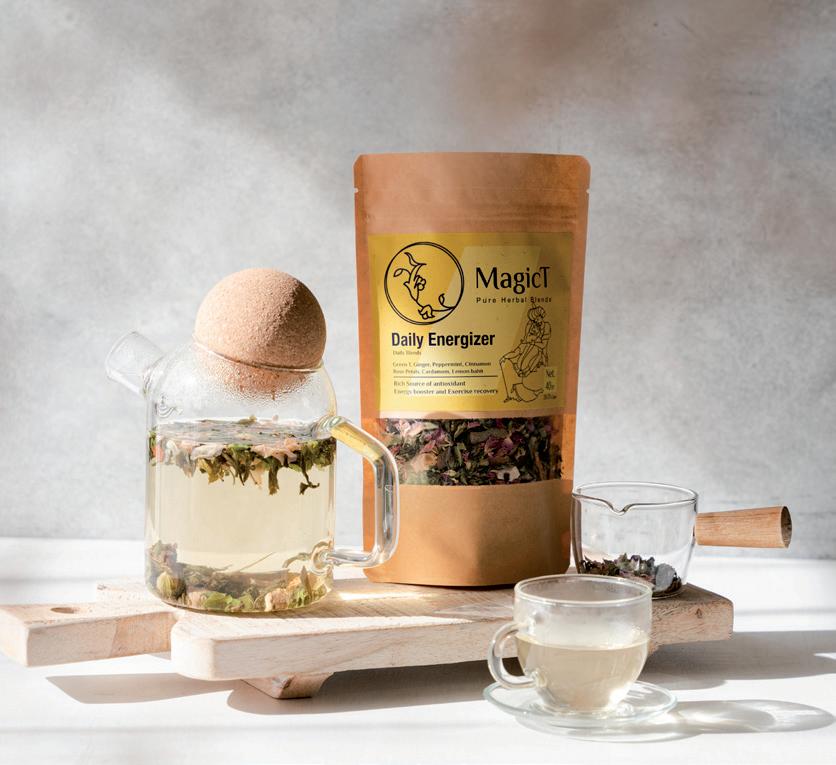
landscapes of the Solomon Islands and the fascinating oases of Persia. Daily energizer is a blend to wake you and revive you. Green tea, peppermint, cinnamon, ginger, lemon balm, rose petal and cardamom are magically blended with care and love

that welcomes your senses back to life. In Hibiscus and Cinnamon, the beauty is 100 percent hibiscus and cinnamon and naturally occurring electrolytes in the cup. There is so much depth of flavour, with a rich berry taste.
You can buy the products directly from www.magict.co.nz, or for wholesale orders contact directly with Ehsan on info@magict.co.nz


FROM BUBBLE TEA INGREDIENTS TO CUSTOMISED BUBBLE DRINKS RECIPES, WE SPECIALISE IN A VARIETY OF DRINK RANGES!
Assam black tea leaves is perfect for bubble teas. Leaving you with a smooth, rich, and full-bodied taste.
Various flavoured powder form with high quality and extract purity. Simplified drink making process full of rich and sweet flavour with a creamy texture.
Jasmine green tea leaves is perfect for fruity bubble teas and leaving you with a pleasing, delicate and floral taste.
Various concentrated juices to use for any creative and customisable recipes. Combining soda water and juices provides a distinctive mineral and sparkling fruity taste.
Elevate your café experience with Raw Cacao Hot Chocolate—a decadent fusion of comfort and wellness. Unlike traditional cocoa, raw cacao retains its natural nutrients, offering a boost of magnesium known for its calming properties, ideal for stress relief and relaxation. Additionally, raw cacao contains anandamide, the “bliss molecule,” enhancing happiness and wellbeing with every sip. Here’s the recipe to revolutionise your cafes hot chocolate.
INGREDIENTS:
• 2 cups coconut milk (or your preferred milk)
• 2 tbsp raw cacao powder
• 1 tbsp coconut sugar or honey
• ½ tsp vanilla paste
INSTRUCTIONS:
• Heat coconut milk, raw cacao powder, coconut sugar (or honey), and vanilla paste in a pot over medium heat.
• Whisk gently until well combined and heated through.

• Enhance your creation with whipped coconut cream or a sprinkle of cinnamon, and explore various sweeteners like maple syrup for unique flavours. Serve in stylish mugs adorned with a dusting of raw cacao powder, offering customisable toppings such as dark chocolate or crushed nuts.
• With Raw Cacao Hot Chocolate, you’re not just serving a beverage—you’re providing a moment of indulgence and wellness. Embrace the richness of raw cacao, and delight your customers with each blissful sip.

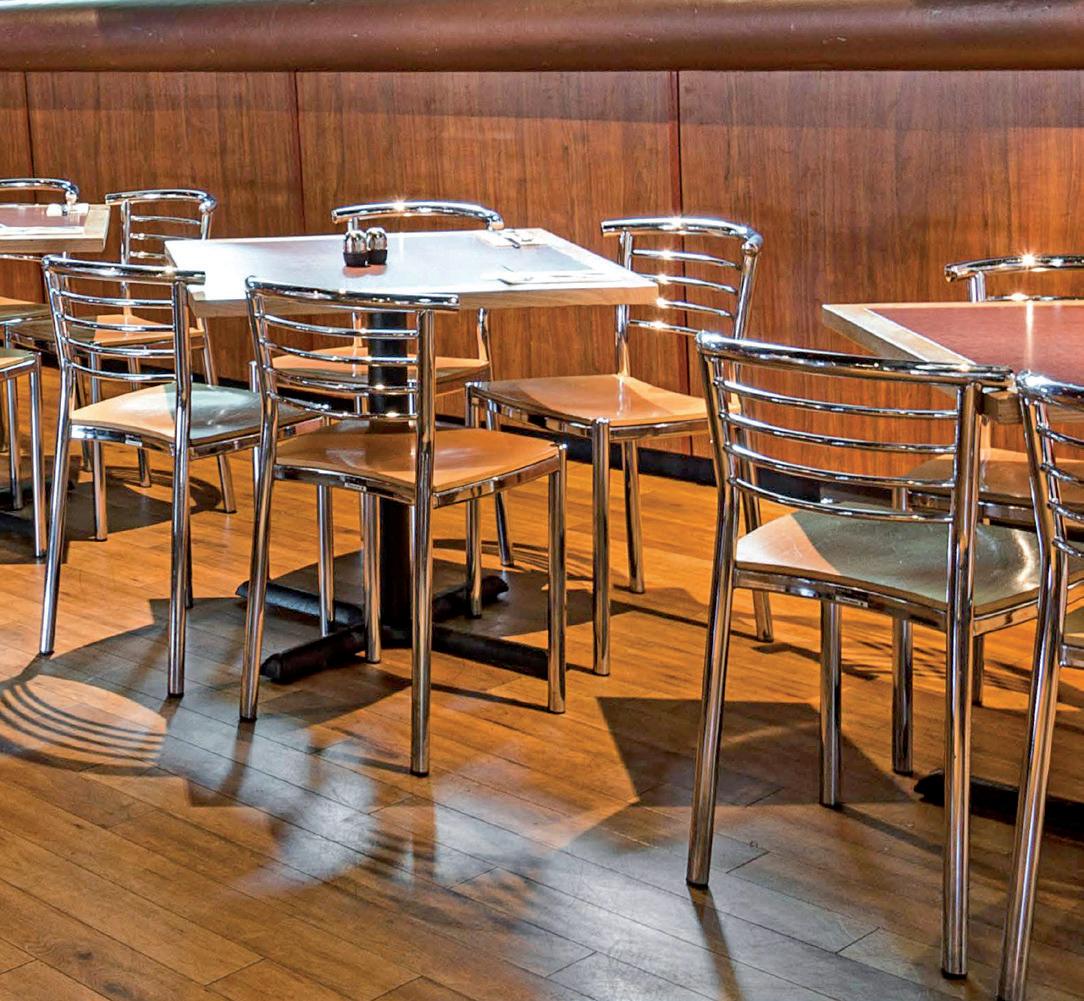
Replaces a table’s existing screw-in feet
Stabilises tables with a press of the table top
Internal locks provide unrivalled stability
Enables the alignment of table tops
Independently tested by FIRA

Exceeds - international standards for Stability, Strength, Durability & Safety (BS EN 581-1:2006 & BS EN 581-3:2017)
Install in seconds. No tools required
Saves you time, money and frustration while improving your customers’ experience



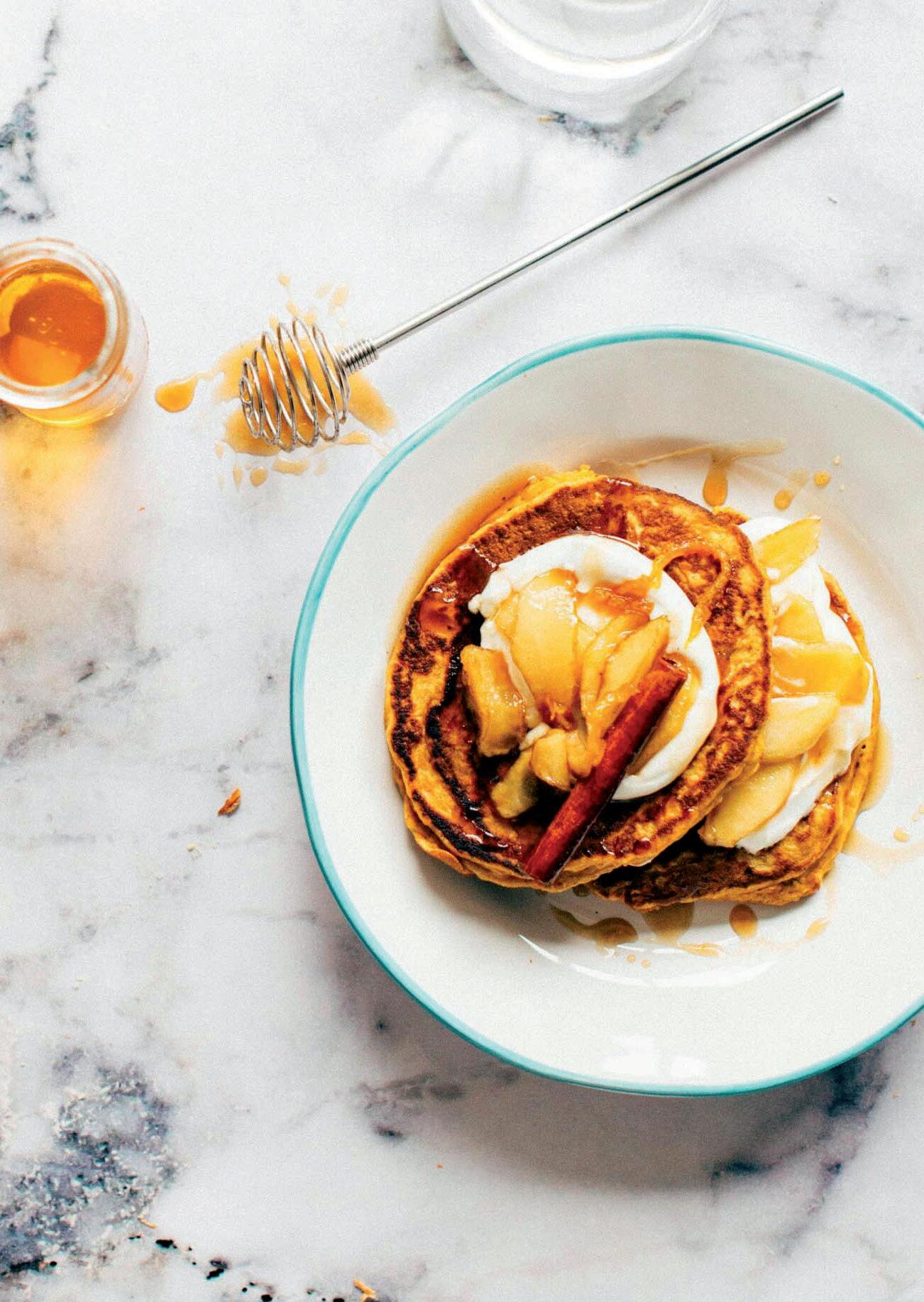
Breakfast service is one of the busiest times of the day for hospitality, with customers eager to get their coffee fix and what some call the most important meal of the day. One of the most popular breakfast menu items is undoubtedly pancakes, and with International Pancake Day celebrated this year on the 13th of February, consider offering a mix of bold flavour combinations to mark the occasion.
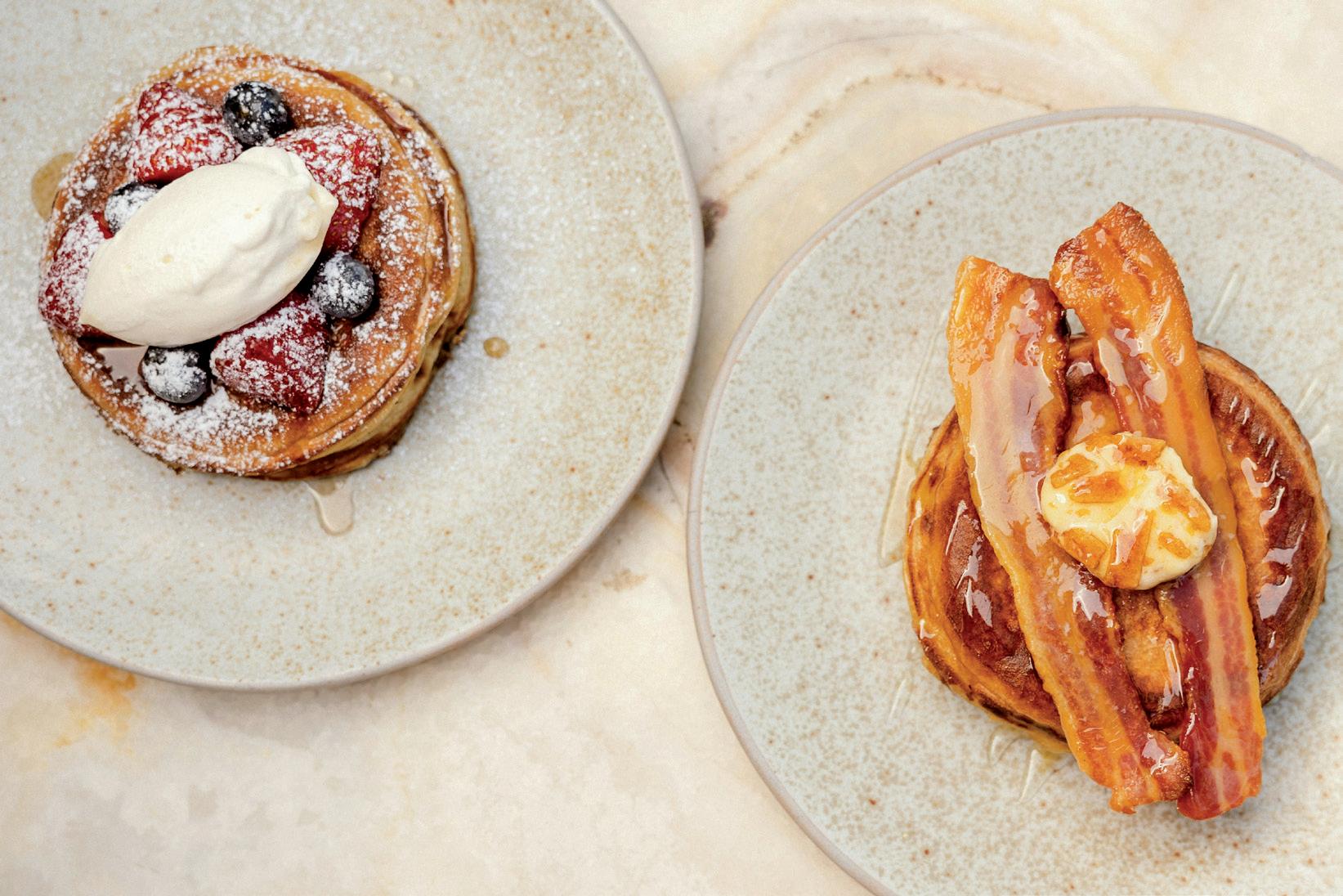
tradition, lemon curd pancakes combine sweet and sour for a memorable dish. Mixing lemon curd with lightly whipped cream, drizzled with finely chopped lemon rind or a sprinkling of lemon zest, will create a marble-like effect. As lemon is considered one of the most popular fruity flavours for sweet treats, this mix would be challenging for customers to refuse.
With the perfect balance of flavour, apple, cinnamon, and honey pancakes will give customers a delicious start to the day. Mix thinly sliced or cubed apples with a dash of honey and a sprinkling of cinnamon before serving on top of light and fluffy pancakes, with an added dollop of unsweetened Greek yoghurt to finish it off. Create a masterpiece by plating it with a cinnamon stick or some extra liquid honey for pouring. Maple syrup can also be used in replacement of honey.
Bacon is one of the most popular pancake toppings, especially with an extra dash of maple syrup. To go further, add sliced avocado with either sour cream or cream cheese to embellish. A light touch of crumbled feta cheese or sundried tomatoes will turn this simple recipe into a culinary showstopper. Add spinach or chives to the batter to generate a savoury pancake flavour. To celebrate summer, try a tropical
flavour sensation of mango and banana. Using Barker’s Professional Mango Smoothie Base is an ingenious trick for making mango pancakes with a strong flavour and vibrant colour. Mango Pancakes are best served with a spoonful of Greek or vanilla yoghurt and a generous helping of sliced mango and banana.
Making the most of seasonal berries, berry pancakes will be a fan-favourite among all guests. There are countless options to offer customers, be it summer strawberry, raspberry ripple, classic blueberry varieties, a tart boysenberry version, or even a berry-tastic mix. Adding freshly whipped cream and a generous

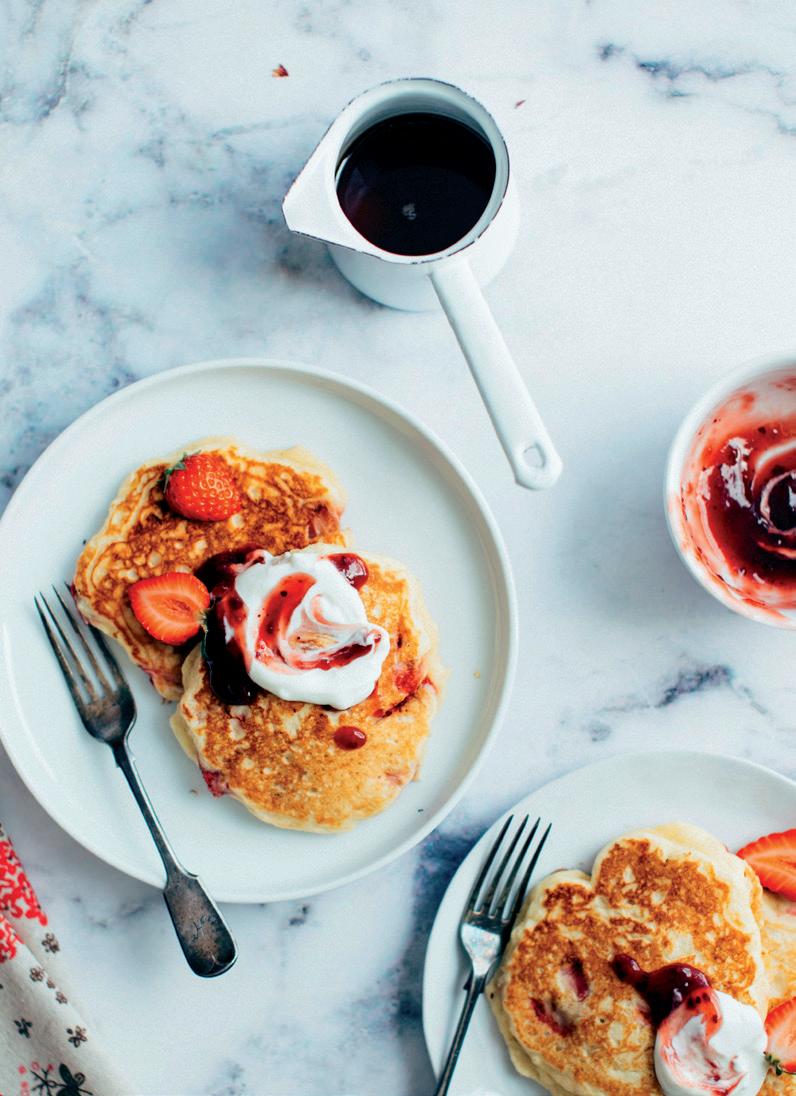
layer of berry compote, with an embellishment of a few berries on top, will meet the expectations of even the fussiest customers. Sweeten the load with a drizzle of maple syrup or a light dusting of icing sugar.
To make a strong impression, try fried chicken pancakes. A popular trend that has had enormous success in overseas markets is fried chicken pancakes mixed with spices such as smoked paprika and garlic with fluffy, savoury pancakes. Add a dose of sweet chilli sauce, chopped spring onions, and a dollop of sour cream to make this dish shine. For a sweeter version, a touch of maple syrup has been a common request by customers. The sauce can always be served on the side for guests who are hesitant towards this option.






Born and raised in New Zealand with a Chinese background, food has always been an integral part of the life of Alex Young, Head Chef of The Ramen Shop, Newtown and Culinary Director of The Ramen Shop, based in Wellington’s Newton, Karori and Johnsonville areas.

Y PARENTS OWNED a Chinese-style restaurant, and I would learn the ins and outs of the industry working at the restaurant from a young age, so this has always been a part of my history.”
Young realised his passion for cooking when he took a trip to Japan and watched simple ingredients being turned into works of art. He admired the dedication and focus of people spending their entire lifetime mastering their culinary skills, with a strong focus on a single ingredient.
The food served at The Ramen Shop is traditional Japanese ramen with a distinct twist inspired not just by Japanese cuisine but also by the various flavours from Asia and a taste of New Zealand.
Numerous trials and errors have led to the creation of old and new dishes, like The Ramen Shop’s signature Black Garlic Tonkotsu, which has combined the alluring fragrance of garlic with tonkotsu broth to bring out as much flavour as possible.

“We always focus on maximising each ingredient, using what some might consider as scraps to create fragrant sauces and oils to reduce as much waste as possible.”
Since the hospitality industry is still recovering from the after-effects of the pandemic, Young said that the everrising prices for produce have made everything more challenging.
However, he believed that with the continued support of its customers, the Ramen Shop could make food more accessible and eventually expand to various parts of the country.
“Even now, we look into the possibilities of where else we can go, and soon, I want to expand into something new and bring over other Asian delicacies and create a new business as even now, I believe many Asian foods are still being overlooked.”
Young’s advice to the young chefs in the hospitality industry was to ask as many questions as possible and not be afraid to try new things.
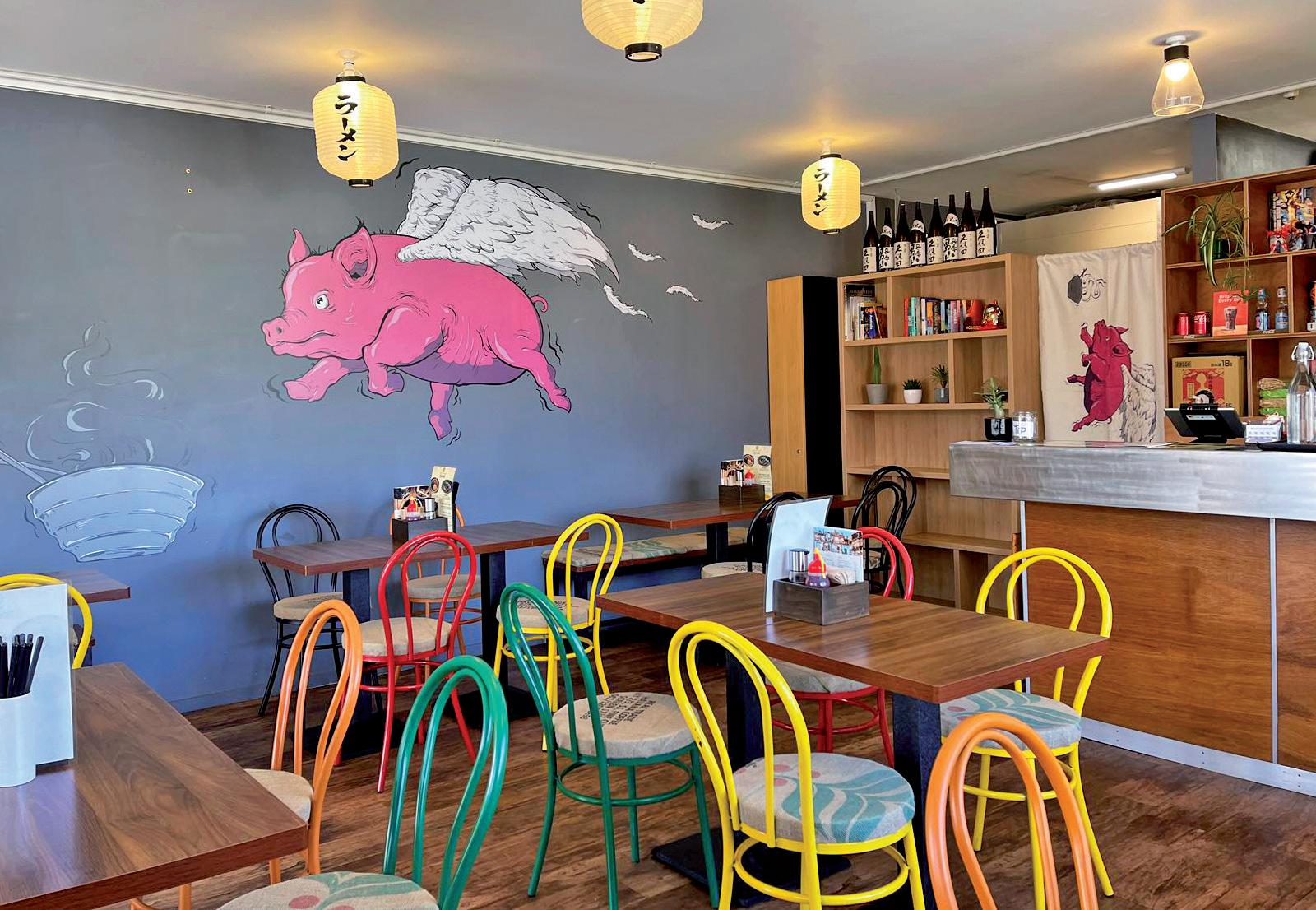






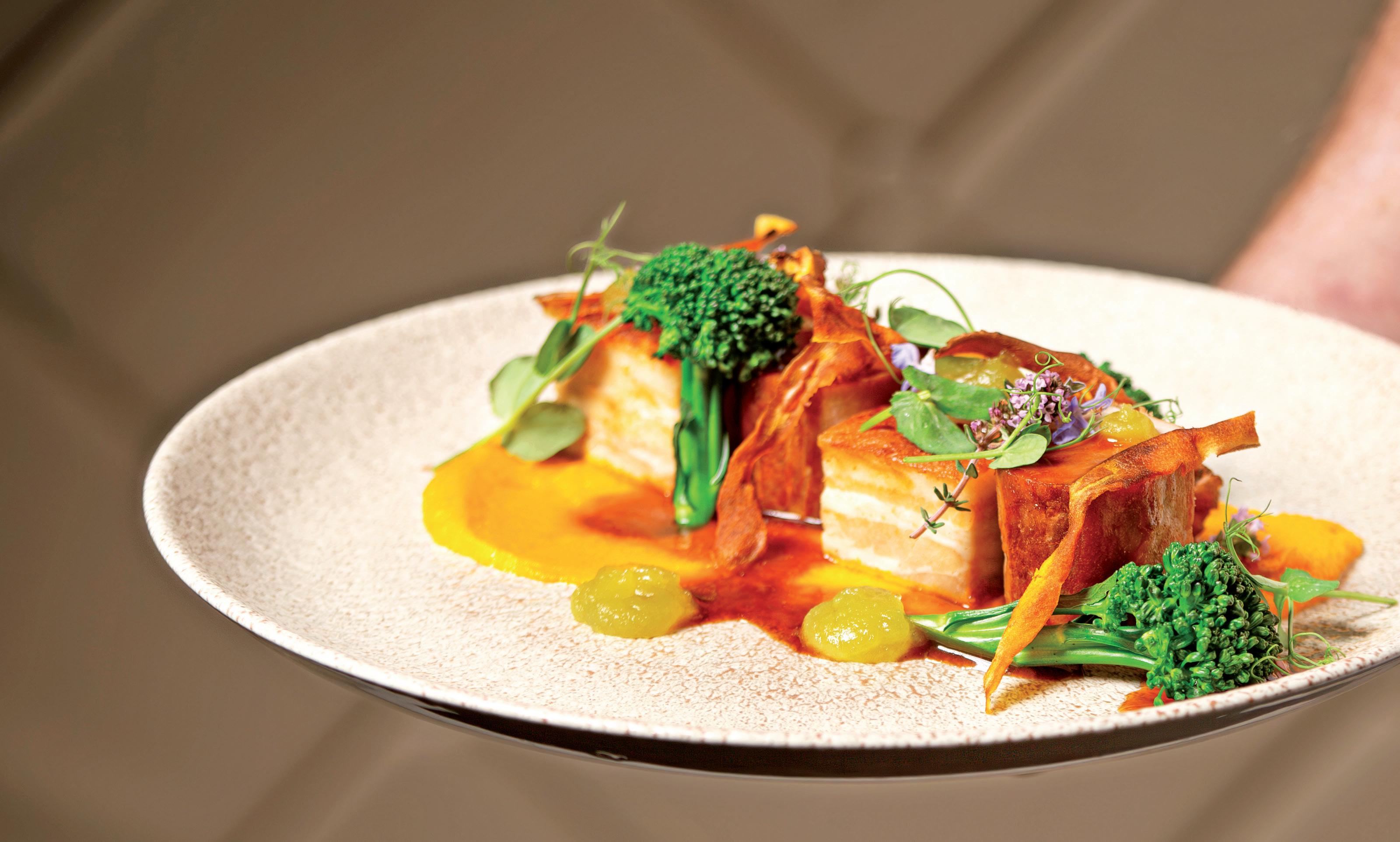
Pork has become one of the most requested meat dishes by customers, and it is no surprise that its popularity is expected to grow in 2024. As such a versatile meat, pork can be used in various ways to keep the menu interesting and customers returning to the restaurant.
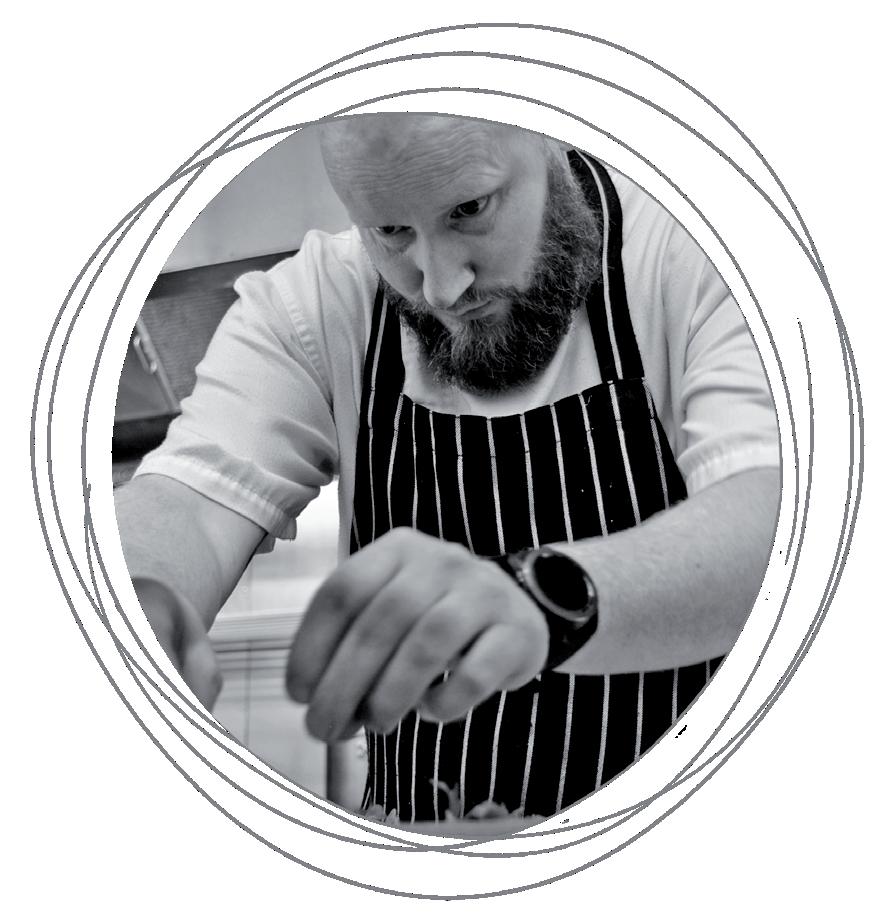
PAIRING THE familiar tastes of pork with unexpected ingredients has proven popular in international markets. As pork is the largest global protein, it has dominated the menu in various cultures and styles, be it moo shu pork, Cuban pork dishes, or Korean barbeque recipes.
In the United States, pork ribs have become one of the most requested entrée options, and pork belly has remained one of the fastest-growing options for dishes, with a 47 percent increase over the last four years. Many chefs have praised pork belly as a dish that can take on sweet and sour flavours or the inclusion of not-so-popular vegetables such as brussels sprouts and asparagus. Trending ingredient pairings have also included orange glazes, chorizo sausage, and roasted corn.
Local and Pacific cuisine have embraced pork as part of the main menu for both entrée and main courses. In his latest restaurant, Metita, renowned chef Michael Meredith has included pork hock on his menu and delicacies like paua and fireroasted Tua Tua. The use of pork hock has indicated that traditional cultural recipes are now a mainstream availability and sustainable cooking practices are as well. Chef Rewi
Spraggon, who specialises in Māori cuisine, has served pork through the hangi method, as well as on a bespoke menu he crafted for his appointment as Laphroaig Whiskey New Zealander Trailblazer chef of 2023. For this, Spraggon served pork belly with apple caramel and vegetable melange with char-grilled broccolini.
There has never been a higher demand for fusion cuisine, as seen by the increasing number of local chefs who have introduced fusion dishes on the menu. For Vietnamese chef Brian Tran, pork is an ingredient that has a strong tie to his culture. As the owner and operator of the highly acclaimed Wellington restaurant Rock Yard, Tran has incorporated the fusion style through traditional Vietnamese dishes. An example of this is his pork and prawn shumai dumplings, braised fivespice pork belly, and Bún Thịt Nướng (pork two ways).
Fusion cuisine has also made its way into the quick-service restaurant sector. Isaac Chadda from Auckland burger restaurant Burgernaut has recently added a pulled pork burger to his latest menu. The burger was served with a Nori wonton stuffed with IlCasaro hand-crafted Mozzarella, which was then deep-fried in a Korean Kimari batter. Chadda said that the burger was designed for the target clientele

and to encourage fussy eaters.
“It was very popular among the patrons as fusion attracts not only the adventurous eaters but also the nonadventurous palate, which can connect emotionally with the base form of the dish. The key to the pulled pork burger was the seaweed/Nori, and it also featured Kimchi and Miso Aioli, which was, again, a very familiar element enjoyed by non-adventurous eaters.”
Pork has remained a popular ingredient in baked and foodservice goods as well. An example of this has been pastry-based products, which are in continuous customer demand.
Chef Adam Rickett has used pork in his popular range of pasties, ‘Ansum Pasties. His pork belly and chicken filling has proven to be one of his most popular products, which he said has stuck to traditional concepts.
“People enjoy simple dishes that have been made well. All the juices from the meat and vegetables braise inside the pastry and cook into it, giving it a truly different taste and texture to a pie.”
Kirsty Schmutsch from the Pembroke Patisserie has included a Mexican pork pie to her menu, something she said has been an attempt to keep flavours modern and vibrant for customer surprise.
“Kiwis love their pies and are always excited to try something new. They trust us to make the most delicious


pie flavour combinations, such as the Mexican pork, and they keep coming back for more.”
Purchasing pre-prepared pork products will save time and money as far as international chefs are concerned. Be it for everyday ingredients such as bacon, pork sausages for breakfast service, or pork ribs and belly for the dinner menu, 2024 is set to see a rise in portable, pre-prepared products. However, NZ Pork has urged the hospitality sector to support the New Zealand pork industry and shop locally.
“More than 60 per cent of pork consumed in New Zealand is imported and produced using practices that are illegal in this country. Kiwi pig farmers just want a fair go,” said CEO Brent Kleiss.
NZ Pork has also warned the local hospitality sector to be aware of the country of origin of pork bought, as different international varieties have often been packaged as New Zealand produce.
“The fact that these products contain meat from foreign sources is only mentioned in small print on the back of the product. This practice is misleading and confusing for consumers as to the true nature of the product’s origins.”
Using the best possible ingredients is the aim of any chef, especially

when it is locally sourced. For popular Christchurch restaurant, 50 Bistro, executive chef Ryan McKenzie and his kitchen team has focused on providing a stellar example of the best modern New Zealand cuisine. McKenzie has crafted a pork tenderloin with a carrot and ginger puree on his menu, which has increased interest due to social media engagement.
“We are seeing strong interest and sales in our pork dish on the summer menu in 50 Bistro. It’s garnered great reviews, which helps inspire future diners. Instagram has so many chefs and food enthusiasts showcasing their meals and experimenting with creative pork dishes, exploring new cooking techniques, flavour combinations and different cuts,” said McKenzie.
McKenzie added that with the push to minimise food waste, his team had expected a resurgence of nose-to-tail cooking, making use of the entire pig, and showcasing a variety of cuts in innovative ways on their menus.
With new innovations and flavour combinations ushered in and soaring customer demand, there has never been a better time to introduce pork dishes on the menu.




Since 2011, the Hospitality Training Trust has served as an instrumental pillar of the hospitality industry in New Zealand.
Providing essential funding and grants, the Hospitality Training Trust has committed to advancing training within the industry to assist with developing and promoting excellence, leadership, talent, and knowledge and undertaking research that will benefit the sector. These grants have enabled organisations to extend the Hospitality Training Trust’s initiatives throughout the broader industry and have allowed for greater outreach.

ESTABLISHED IN 2021, Project Employ has focussed on assisting young people with intellectual disabilities and learning differences to gain vital employment and work experience within the community.
After identifying a significant gap between the process of leaving secondary school and employment, Project Employ founders discovered there was a unique opportunity to support young people as they ventured
into the workforce. A significant part of Project Employ’s mission has been to offer a sense of direction, purpose, and belonging to those in need and to remove the barriers in place that have made employment difficult for the disabled.
Project Employ’s main goals include enabling individuals to lead productive and fulfilling lives, building a supportive community, and fostering diversity in the workforce. The organisation aims to use the expertise of its members within the fields of

disability support, teaching, and youth services and to create an overall positive impact.
Initially, Project Employ began as a series of videos that featured various stories of young people with disabilities who are employed in the local workforce. In August of 2019, founder Sarah Dann-Hoare travelled to the United Kingdom to conduct research on the ‘Training Cafe’ set up in Oxford, Brighton and Eastbourne. She met with owners, operators and trainees to learn about how the

programme had benefitted young people with disabilities and their future careers. The first Training Cafe in New Zealand was eventually set up in 2021, and in 2022, Project Employ was granted charitable status.
“We were so grateful to the Hospitality Training Trust for their generous grant. It was enough to cover the training costs of two trainees, but in practice, all trainees during the past year have benefited from the funding,” said Dann-Hoare.
“They learn entry-level hospitality skills, such as operating a POS system, using a commercial dishwasher, health and safety, and customer service, whilst developing key and transferable employability skills such as teamwork, time management, and thinking skills.”
As a non-government-funded charity, the funding from The Hospitality Training Trust has directly impacted its cafe customers and trainees who have now graduated and are beginning their new careers.
Since opening in July 2022, Project Employ has had 16 trainees graduate from its programme and has nine enrolled in the latest cohort. Eight of its graduates are fully employed in the hospitality sector. Until recently,

Project Employ only offered training; however, it has launched a Supported Employment service, which enables its graduates to gain and maintain employment after their six-month training.
In December 2023, Project Employ opened its second Flourish Cafe due to a new partnership with Air New Zealand. Based in the airline’s

CBD head office, it is staffed by a Project Employ barista and three Project Employ graduates, who are now paid interns. Project Employ has aimed to offer up to six paid internships per year.




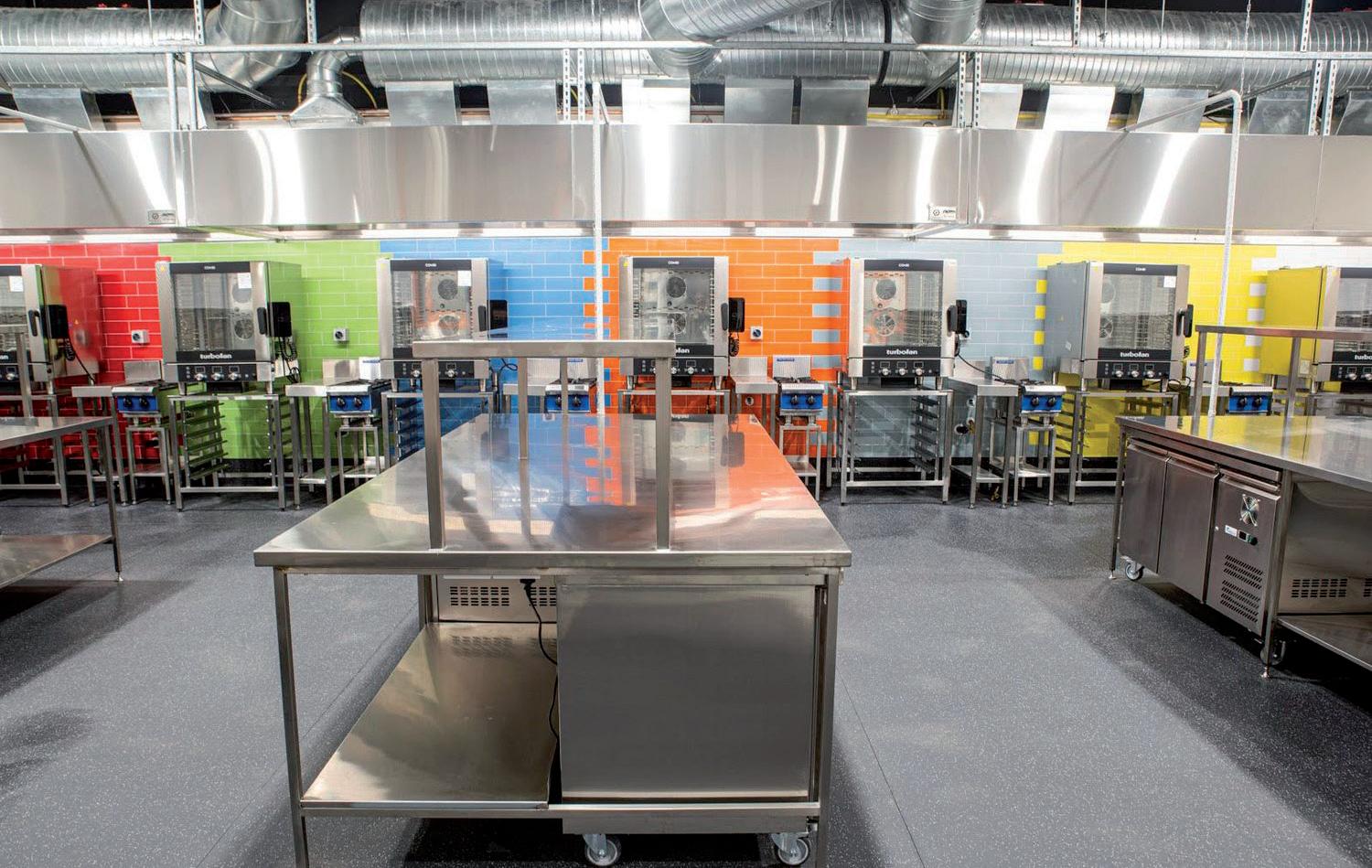
Finding a kitchen space to develop their skills can be challenging for aspiring chefs.
To enable this, The Kitchen Collective has reinvented how local food businesses can reach their full potential.

THE KITCHEN Collective has introduced a cloud kitchen system, a physical site of commercial kitchens optimised for food preparation and delivery. The Kitchen Collective’s two sites are a mass collection of restaurant kitchens without any dine-in service or customers.
Founder Harrison Scott had previous experience at a similar facility in London
before opening his own in Avondale. He said that the difference between other cloud kitchens and The Kitchen Collective is that it allows multiple businesses to use the space instead of an exclusive area for one company.
Operating from a cloud kitchen has proven to be a precious platform for new and experienced chefs due to fewer startup costs, lower overheads to test local demand before investing in

a commercial kitchen, and no frontof-house costs. During the Covid-19 pandemic, a significant shift in the industry and consumer behaviour has made cloud kitchens a valuable asset to the industry. Cloud kitchens have also been essential for driving innovation.
Fankery Bakery founder and Kitchen Collective member Cathy Fran said the facility has been pivotal for the bakery’s growth.
“With a commercial kitchen at our disposal, we’ve efficiently expanded our operations online and in various markets/popups without having a brick-and-mortar store. The facilities have allowed us to meet increasing demand continuously without investing copious amounts into starting a bakery from scratch.”
One of the main benefits of a cloud kitchen base is lower capital expenditures and the ability to work in a pre-existing kitchen. Scott said that cloud kitchens are a space that can assist with further expansion and help test new markets or innovations.
“I think one metric that is hard to quantify is the community aspectswe have such a deep knowledge base

within TKC, and people are more than willing to share ideas and insights into what they are doing to help others grow even more.”
For 2024, The Kitchen Collective has aimed to show extra support for hospitality businesses navigating the industry’s present challenges.
The grant from the Hospitality Training Trust will enable the launch of a programme to entice young people
into the industry. He said that a team of experienced chefs will be on hand to mentor and offer practical lessons.
“We really want to bring different businesses and the wide hospitality community together so that everyone can continue to grow.”






Turning Tables began as a way to coach hospitality businesses in New Zealand, assisting owners with onsite training needs and with the retention, development, and growth of teams.
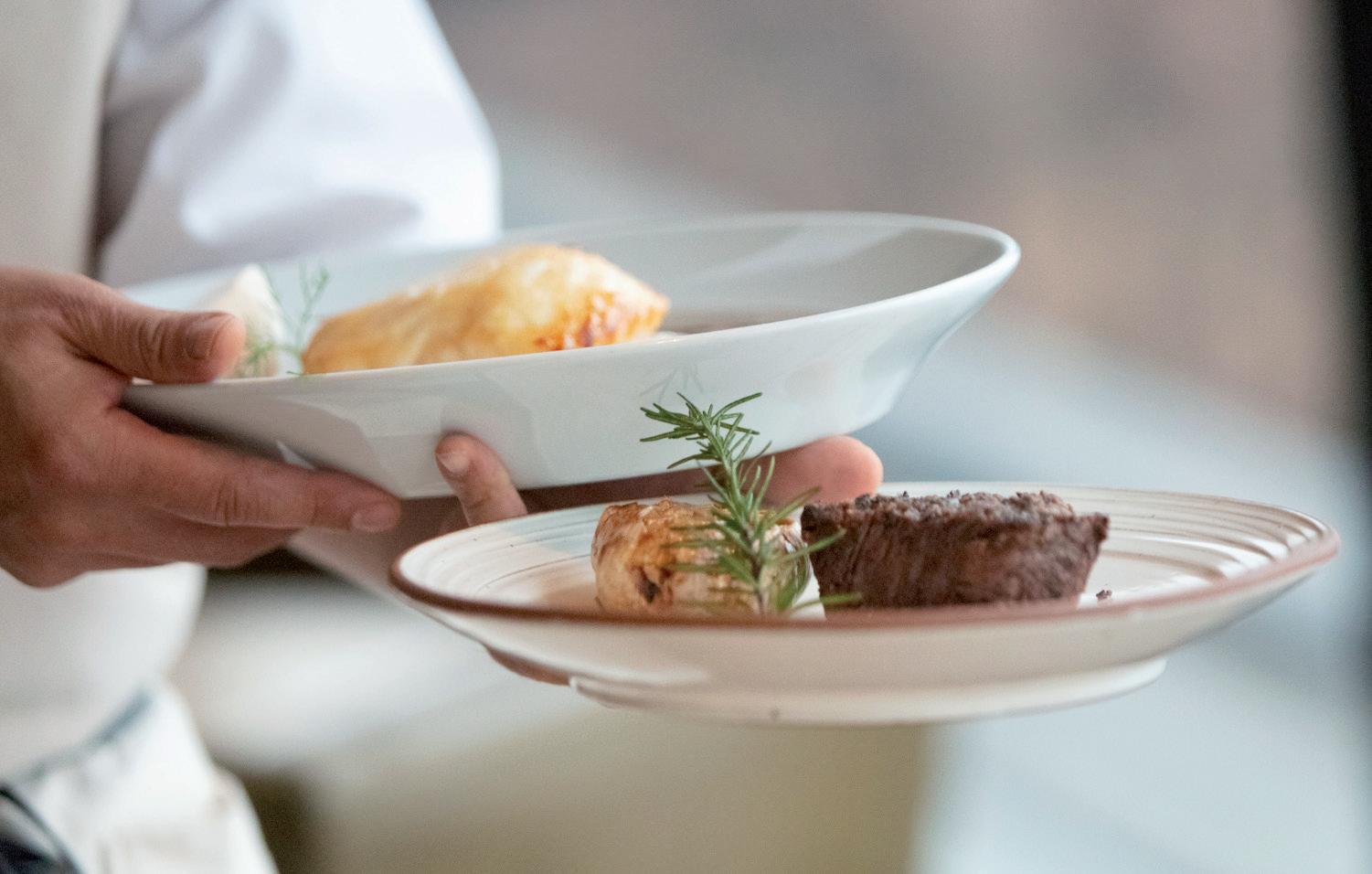
INCE 2007, TURNING TABLES HAS directed its focus on preparing hospitality businesses for the unexpected challenges that the industry can face. Founder Margaret Main said that it was essential for businesses to find the time and enthusiasm to train teams and staff whilst on the job and have the correct skillset.
Before founding Turning Tables, Main predominantly worked in the hospitality and accommodation sectors, gaining a hotel and catering management degree.
Throughout her career, Main has worked in various departments, including human resources, front of house, restaurant management, and as a hospitality tutor. The past 16 years have been dedicated to coaching business owners in hospitality, including when the industry was heavily affected by the Covid-19 pandemic.
Main said that well-trained individuals and teams are



comfortable and confident in their roles, which can create a better overall customer experience.
“This translates into better spending and more repeat business. Well-trained team members have a clear understanding of what their role involves and the levels of responsibility and the authority that they have, which will make them more likely to enjoy their job and therefore stick around,” said Main.
Having an external trainer involved in a business will add a new voice and show team members that their employer is willing to invest in their development. Main added that this boosts motivation and will keep businesses fresh for all staff.
For 2024, Main predicted that guest and customer expectations will continue to rise as the cost of living adds pressure for businesses to ensure that customers feel they are getting a good deal. This is the case for both products and experiences.
“I think one of the big things for those working in the industry will be the ability to “read the room” – understand who their customers are and what they need to have a great time.”
Main added that employers should think about the small details visible to customers and that in 2024, there is little appetite for mediocre experiences for customers.
“Empower and give confidence to your team. Allow them opportunities to try things out and listen to their ideas. Employers might not be able to use them, but at least the team will feel heard and be more invested in the business.”


Designing an outdoor space for hospitality depends on various contributing factors. It can be challenging to find the right balance between furniture and furnishings and the comfort of guests.
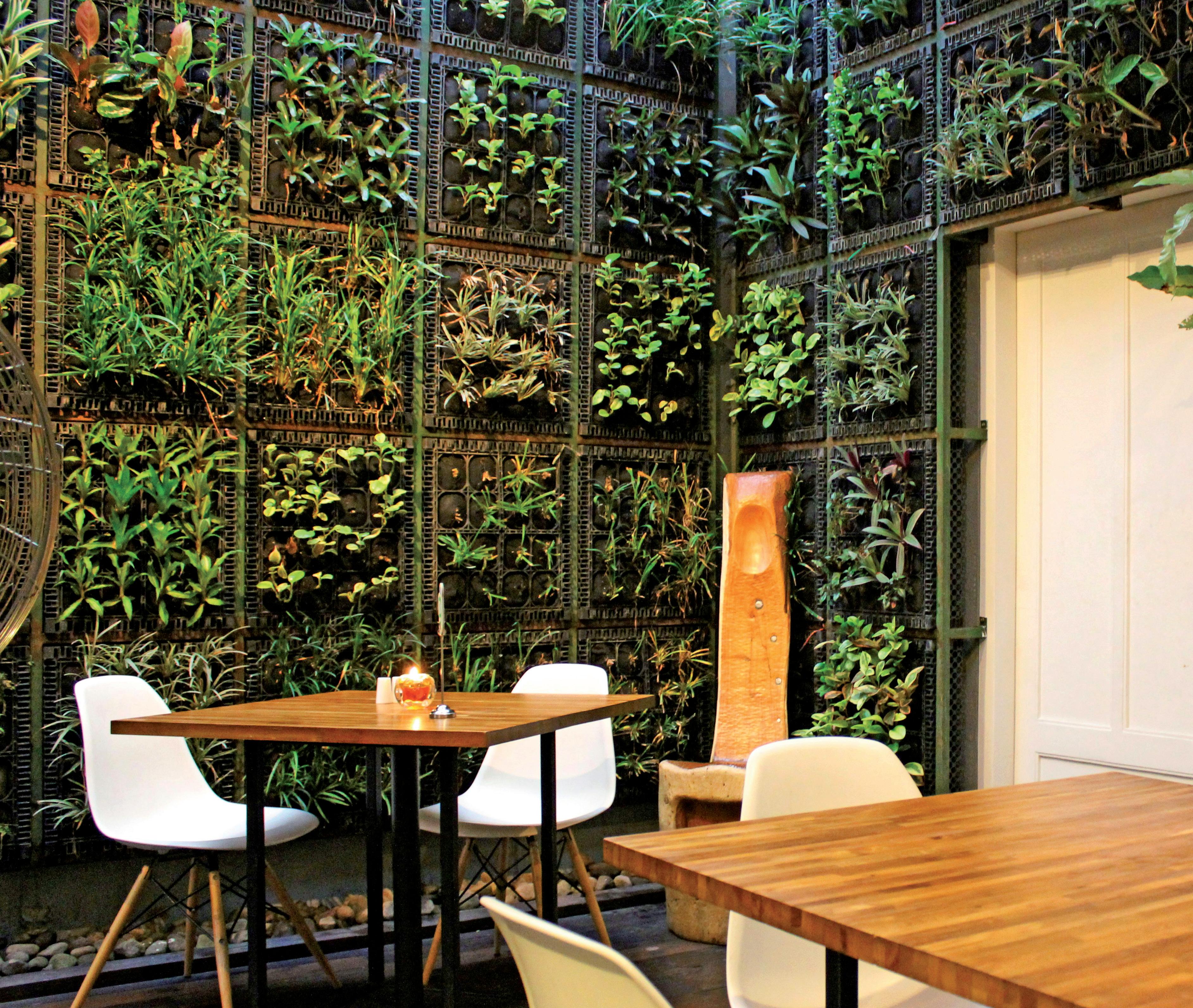
THE FIRST STEP IS to identify the theme of what represents the specific hospitality restaurant. Through the use of colour, patterns, and branding, navigate what would make the most inviting and comfortable outdoor space that reflects the restaurant. This is essential for attracting and retaining customers.

A comfortable ambience is welcoming to guests. Plush cushions, throws, and appropriate seating options can turn a bleak outdoor space into an invaluable asset where guests can relax, socialise, and enjoy the surroundings. An inviting ambience will
not only enhance customer satisfaction but also encourage customers to return, ultimately generating more revenue for the business.
Outdoor soft furnishings will need to withstand various weather elements. High-quality, weather-resistant furniture and materials may come at a cost, but it is worth investing in to ensure the furnishings maintain functionality and appeal. Faded or distressed materials are offputting to customers, whereas a freshlooking space will alter the experience. Choose fabrics that have been treated for UV resistance, water repellency, and mould resistance for longevity and ease of maintenance. Durable furnishings will positively reflect the business’s commitment to customer satisfaction and quality.
Expressing a brand’s identity can come from the use of soft furnishings.
Through different designs and styles, from rustic to sleek, there is an opportunity to incorporate the specific branding of a restaurant or a café, just as it would on takeaway coffee cups or wine glasses. Customising items like cushions or throws with specific designs can tailor outdoor spaces. This will allow businesses to be flexible when considering uniformity or by syncing the outdoor space as a continuation of the indoor dining area. For example, block colours or patterns particular to the business’ image can be used through furnishings instead of a painted wall or hanging artwork.
Furniture is just as important as the décor. Hospitality spaces, particularly outdoor spaces, need secure furniture that is practical, and comfortable furniture for customers. Businesses can be flexible with the range of furniture; a

mix of high bar stools, standard chairs, and even plush sofas and benches can be accumulated to best match the customer’s preference. This will cater to customers who would prefer to look over a balcony, enjoy a meal at a typical table and chairs set up, or those in search of a face-to-face encounter without staying for a sit-down meal. Modular furniture will also allow businesses to adapt to different events and occasions and accommodate larger group bookings.
As a continuation of décor, greenery is just as crucial to outdoor spaces. Greenery, be it large potted plants or hanging baskets, provides a ‘greener touch,’ as well as a form of privacy and shade. Flowers offer a vibrant touch to outdoor spaces and can be used to incorporate a business’s image further. Be sure to use flowers with low pollen levels to make the experience enjoyable



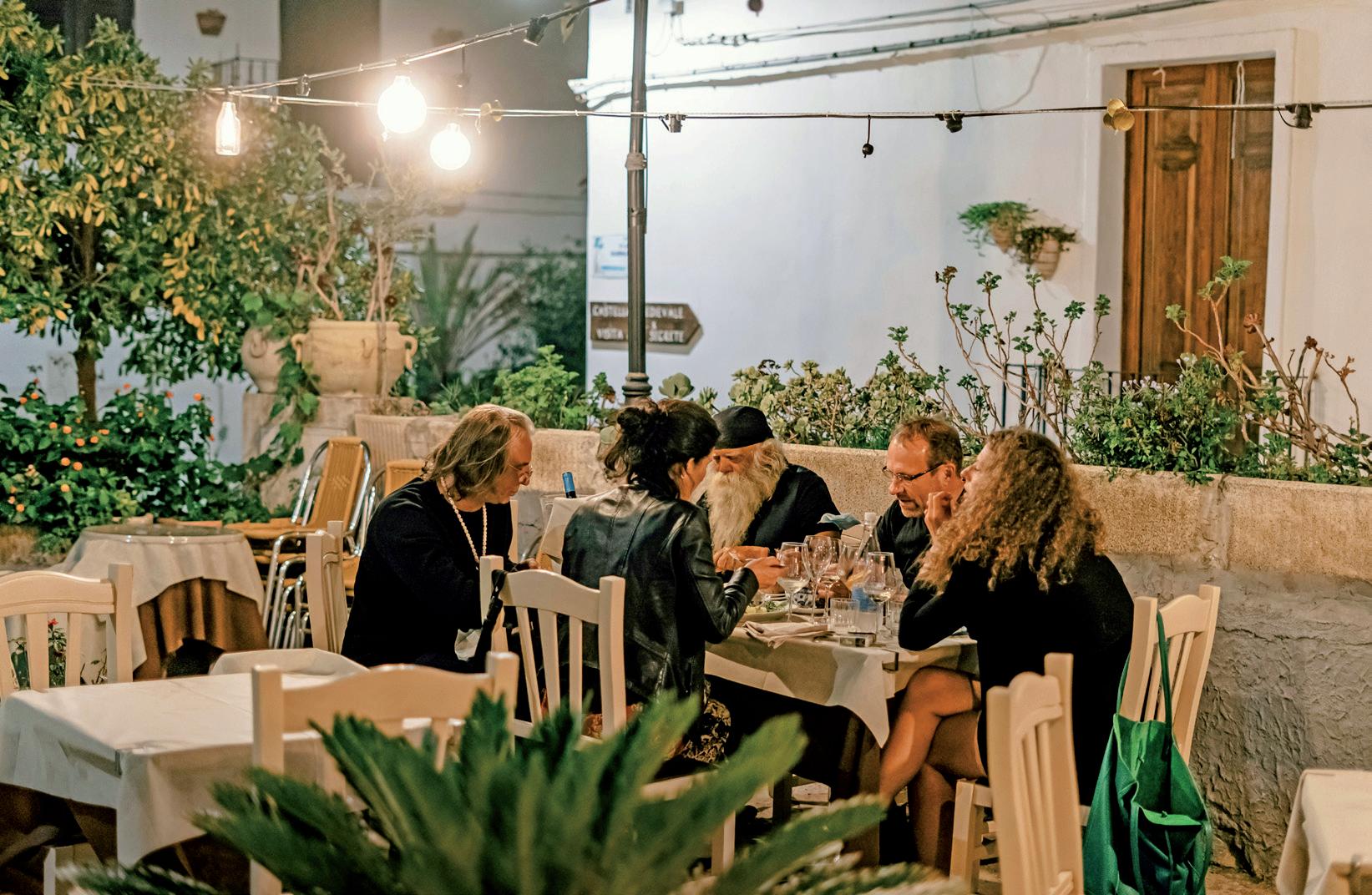
for all customers. Matching floral areas to table arrangements is another way to enrich the experience for guests. To reduce costs, explore the possibility of modern and realistic artificial flowers where desired. Garden walls are another way to incorporate greenery but in a compact space. This can be achieved through the use of pregrown panels, or artificial greenery for less maintenance.
Olivia Carter, general manager of Auckland’s Soul Bar and Bistro, said that the restaurant has the most requests from customers to dine in the outside area, which is covered by a canopy of 125 hanging baskets of flowers. Carter said that although appealing, there can be a high level of maintenance involved.
“We have four cycles of baskets a year, and while the current ones are blooming away, we have another set getting ready offsite, which changes
out every three months. We have an automatic watering system that turns on daily to give them a good drink, and a gardening team will come and weed, trim, and look after their general maintenance three times a week.”
Carter added that terrace dining is still popular throughout the winter months, due to outdoor heating.
Outdoor soft furnishings allow hospitality businesses to adapt their outdoor spaces to changing seasons. Blankets and warm-toned cushions can create an inviting atmosphere during cooler months, while light and breezy fabrics lend themselves well to warmer seasons. This adaptability will ensure that outdoor spaces remain appealing and functional year-round, maximising utility and attracting patrons in all weather conditions.




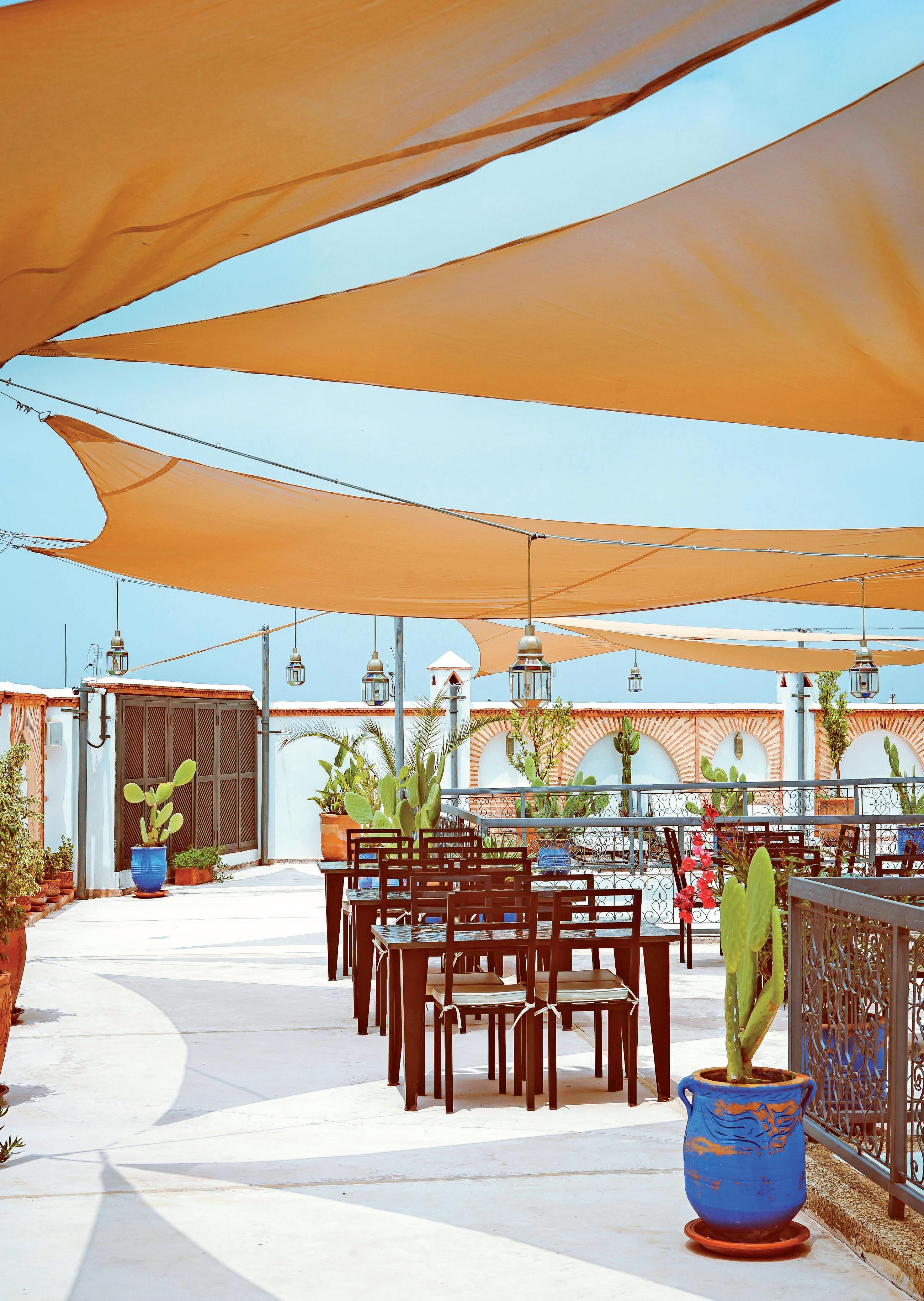

Alfresco dining can be a special dining experience for customers at all hours of the day and night. To accommodate this, providing suitable ambient lighting is essential.
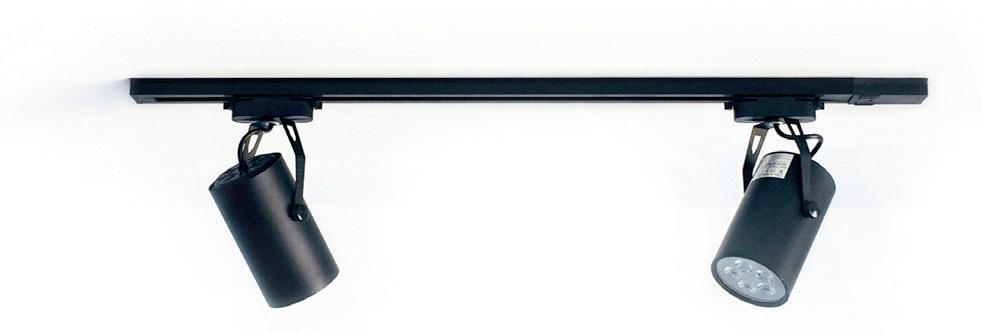
can improve visibility for customers, allowing them to easily read menus, see their food, and navigate the space around them. This will also enhance the safety and security of customers and staff and reduce the likelihood of accidents. The right lighting could even affect how customers perceive the food.
Outdoor spaces that are well-lit are also more inclined to attract potential customers passing by. A well-lit exterior is inviting for guests and an opportunity to showcase a restaurant’s signage and branding.
Outdoor lighting, especially for latenight dining, will allow a restaurant to operate at full capacity for extended hours of the day. This will be invaluable to businesses, especially smaller businesses located in higher climates or urban areas.
Ambient lighting has the ability to play to the strengths of any establishment. Pairing lighting to the overall theme of a restaurant is the first step to make the space feel inclusive and an addition to the main dining area. Ambient lighting can match the restaurant’s existing colour scheme, match the interior designs, or highlight architectural features on the building’s exterior. Suspended lights, such as festoon lights, have become increasingly popular internationally, and provide a vibrant atmosphere.
Choosing the right style and design of ambient lighting is crucial for each establishment. Lamps are a popular choice for table lighting, as they provide sufficient lighting and can be themed to the existing interior decor. Battery-operated LED lamps have become a trending sensation for overseas restaurants, with no electrical cords getting in the way. Tealight or oil candles in outdoor spaces are another effective look, especially when housed in tall glass vases. LED candles are another trending design feature, with no risk for safety measures.
Overhead lighting can be challenging. Choosing the right light fixtures, style, height, and brightness can require a lot of consideration. For outdoor spaces, overhead lighting is determined by structures already in place. Pergolas and canopies can be used to fix

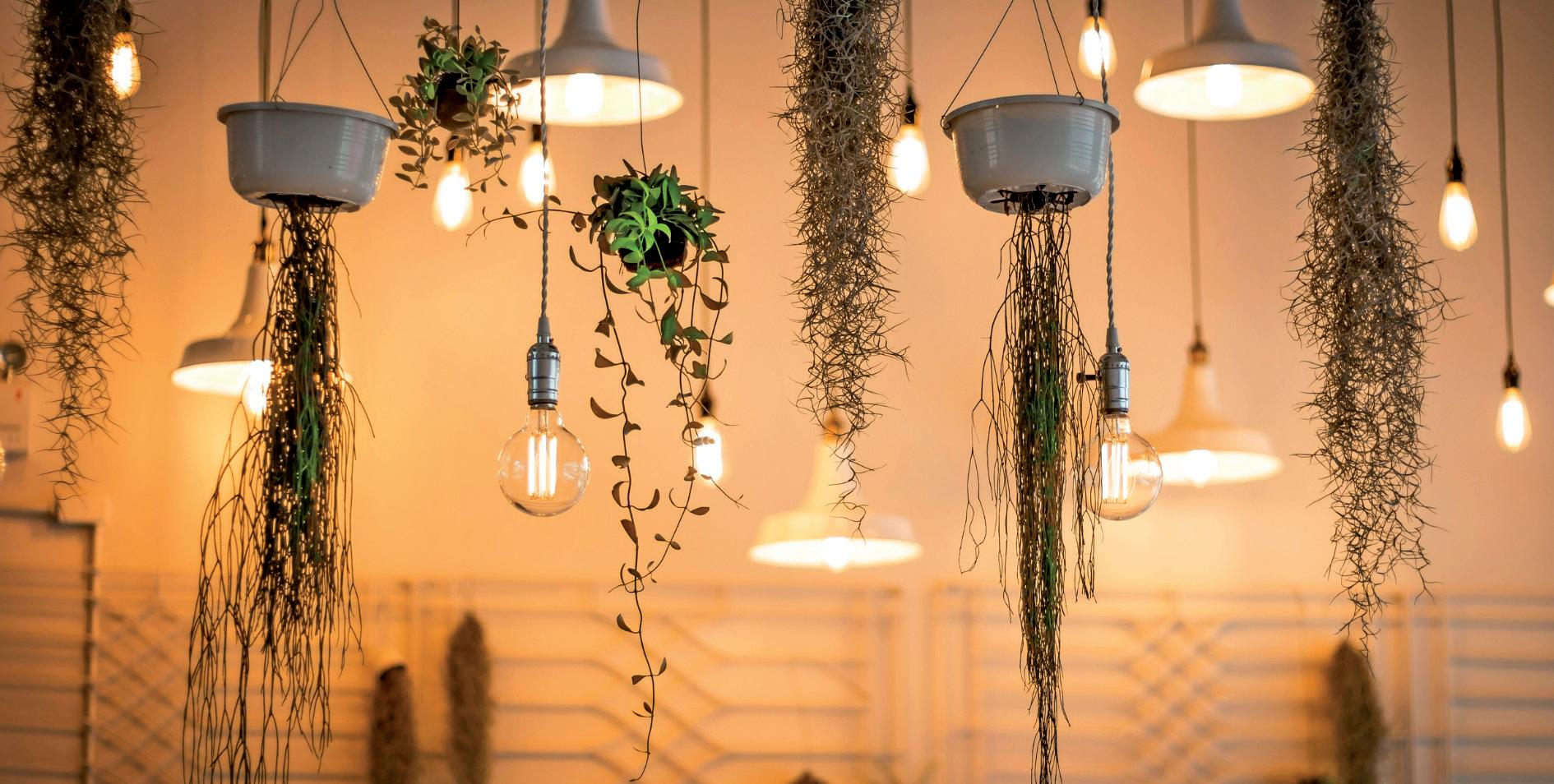

lighting, or if this is not an option, wall lighting attached to the establishment’s exterior is just as effective. Be cautious of conflicting weather conditions that may affect the dining experience for an outdoor space. Avoid low-hanging lights that can be swung; instead, follow international trends of lighting bars, led strips, and secure outdoor lanterns.
Track lighting has become another ideal lighting solution for restaurants that need flexibility. Mounted to a track system, this cost-effective installation will enable direct light to specific areas as needed. Track lighting comes in a variety of different options, from
individual light bulbs and heads to long LED beams. Track lighting can be functional, as well as versatile when needed.
As each season has different hours of light, consider appropriate lighting that can be used year-round. Modern technology can adapt to each seasonal theme, such as a new colour palette to match the menu and interior decor.
Lighting can be one of the most essential elements for outdoor evening dining. With new trends coming and going, having the right lighting for yearround dining will ultimately maximise any outdoor space.




Shade
as New Zealand, it is wise for restaurants and cafes to prepare for all seasons, not just what’s on the menu, but for unexpected weather events.
The past year has forced many hospitality establishments to batten down the hatches on more than one occasion, often catching owners, staff and customers off guard.

To face facts, no customer wants to sit outside in the pouring rain, and strong wind swells can make alfresco dining unpleasant. Even in the baking hot sunshine during the peak of summer, there is a need for a covering. There is now a strong demand for restaurants and cafes with outdoor dining to create a suitable environment, and to embrace the use of shade and coverings.
Patio season is one of the most popular times for customers to dine out, be it a family brunch in the fresh morning air or dinner whilst watching the sunset. As this is mainly a summertime event, providing a relaxing environment for all guests is vital. Pergolas are the best fit for an alfresco atmosphere, providing shade throughout the day and a form of shelter at night. To enable year-round use of outdoor spaces, investing in a sturdy Pergola is key to generating the most use of the space.
Pergolas are made in various shapes and sizes, meaning there is a perfect match for the needs of each business. For a permanent fixture, pergolas made from wooden or metal materials are often the most popular choice, with recycled plastic structures also trending overseas. Permanent structures can also be tailored to a specific area, utilising the most spaces possible, whereas portable pergolas are typically square or rectangularly framed.

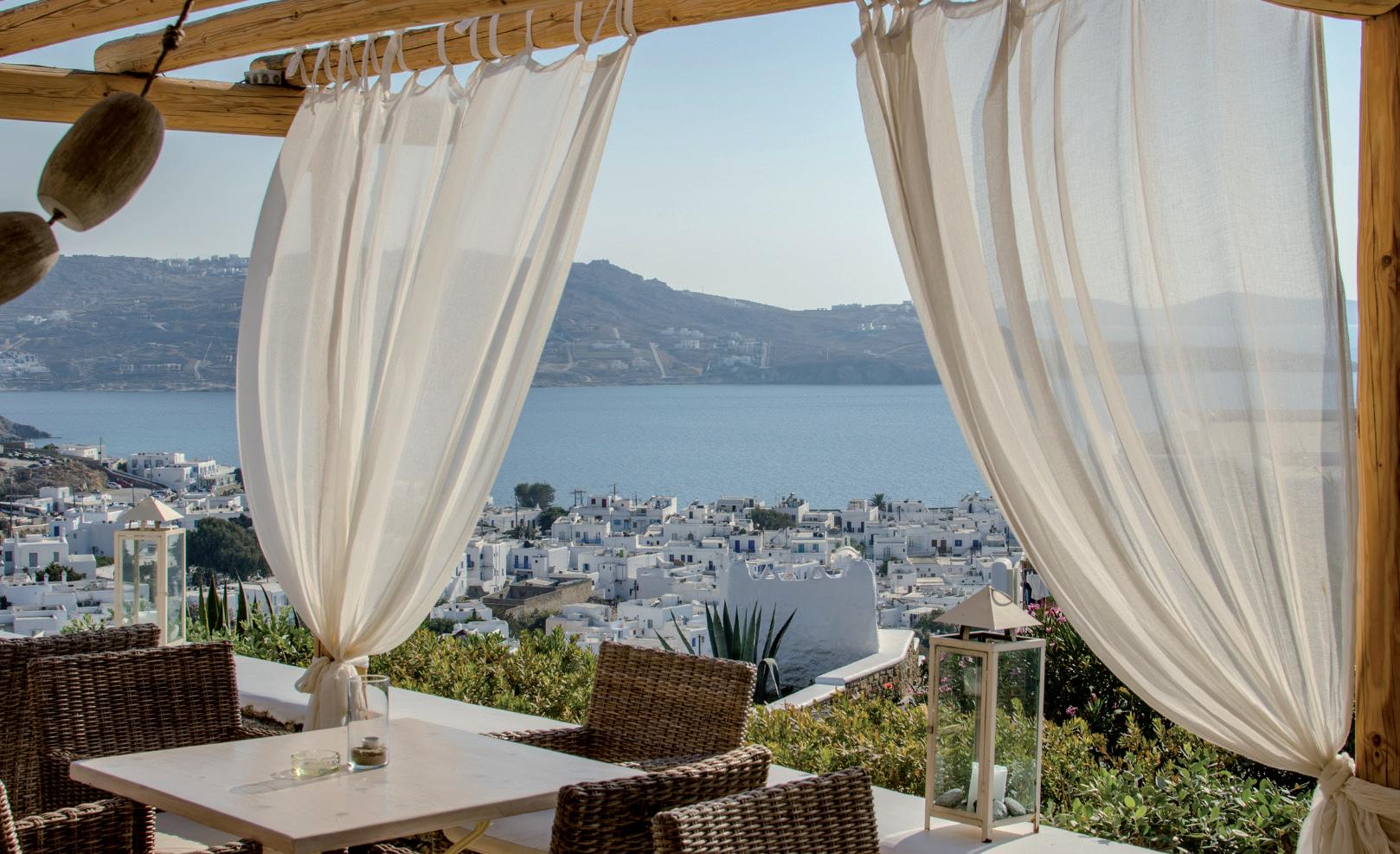
Wooden pergolas and canopies create a laid-back and coastal dining environment. Be it painted or the modern naturally-stained look, wooden structures are dependable, traditional, and suitable for all seasons. Metal pergolas and canopies provide a polished look and create the best
look for urban dining locations. Both wooden and metal pergolas are available in portable options, meaning businesses have more opportunities to be flexible with layout and space; meanwhile, permanent structures provide a stronger formation and have a longer lifespan.

Umbrellas are a traditional choice for outdoor spaces without having to invest heavily. Christian Oertel of Shade 7 said that smaller centre-pole umbrellas are the most popular among restaurant owners.
“They are light, very durable and are often used through tables or freestanding on bases. Larger, more permanent commercial umbrellas are also highly desired,” said Oertel.
“Our largest and strongest Commercial umbrellas are the tempest umbrellas. These umbrellas are a permanent shade and rain protection solution that doesn’t require council consent, are removable for events, etc. They are also a great way to add more usable outdoor floor space.”
Ceilings and roofing are essential for a canopy to gain year-round use. The right shade and wind resistance level are determined by the structure’s location and exposure to sunlight. Canvas roofing is an effective choice to allow sunlight to shine through. Canvas is not only lightweight but has the ability for air to breathe through.
Permanent roofs are another innovative solution, especially when designed for rain shelters and wind thoroughfares. Louvre ceilings have trended internationally for their ability to shut during rain and open for natural light, whilst also
a useful source of shade. Louvre ceilings, usually aluminium, have been a popular choice for hospitality and accommodation industries internationally.
Transparent panels are another innovative solution, especially without manual requirements when it rains.
Tinted panels allow guests to enjoy the natural light without any interference from harsh sunlight. They can act as a conservatory off the main building and still offer an indoor-to-outdoor flow experience for customers.Side panels and windows can often make guests feel as if they have been separated from other customers, which is why choosing the right dividers is an essential decision.
urtains on pergolas have surged in
lightweight materials such as chiffon and calico, there are opportunities for businesses to incorporate their branding through details such as colour, piping, or tie-backs.
Roller blinds have also been used on pergolas, providing shade when needed. Using a roller blind allows a custom length depending on sunlight exposure and often has tracks fitted to the main pergola frame.
A pergola requires an even surface, preferably a sturdy material like concrete, tiles, or wood, which prevents any structure from collapsing, provided it is secured tightly.
Shade coverings are essential to making an outdoor dining area desirable to customers, especially when available for use across all seasons.






The hospitality industry, known for its resilience and adaptability, has recently faced some of its toughest challenges. The aftermath of trading through a pandemic has left many businesses grappling with stress and financial burdens.

THE INITIAL optimism that business would bounce back quickly postpandemic has been tempered by ongoing economic difficulties. High inflation rates have led to widespread cost of living issues, impacting discretionary spending – a key revenue stream for hospitality. Adding to these challenges, the early part of 2023 brought in severe weather conditions. This not only affected some businesses
physically but also resulted in fewer customers venturing out, further straining the industry’s recovery efforts.
In conversations with our members, a recurring theme has been the sheer exhaustion from facing these relentless challenges. It’s clear that the mental and physical toll has been significant, leading to burnout among many business owners and workers. This state of fatigue is concerning and highlights the need for addressing mental health in the workplace.
In the demanding realm of hospitality, combating burnout is vital for personal well-being and business health. As a business owner, promoting work-life balance is essential. Encourage regular breaks and proper
use of days off and holidays to prevent overworking. Thoughtful scheduling can ensure necessary rest periods. Access to mental health resources is crucial. Don’t underestimate the healing power of sharing the load and participating in stress relieving activities. Our helpline and membership team are just a phone call away, ready to offer solutions or simply lend a sympathetic ear.
A supportive work environment, where open communication and mutual support are encouraged, is also key. Everyone in the workplace should feel safe to share their challenges without fear of judgment.
Streamlining work processes can reduce stress. Investing in technology for routine tasks and improving workflow can free up time for more rewarding aspects of work. Encouraging physical activity, through team sports or gym memberships, can also significantly improve mental health.
Effective delegation reduces your workload and empowers your team, instilling a sense of ownership and pride in their work. Don’t neglect your own self-care; managing a hospitality business is demanding, and personal well-being is key.
Stay connected with the industry for new perspectives and coping strategies, and consider flexible scheduling
and staffing solutions to alleviate staff pressure during peak times.
Incorporating these strategies fosters a healthier, more positive work environment, crucial for the resilience and success of your hospitality business. A happy, healthy team is the cornerstone of a thriving hospitality venture. Despite the current headwinds, there are positive signs on the horizon. Economic predictions indicate that inflation rates may decrease, potentially easing some financial pressure. Moreover, the easing of the skills shortage points to a gradual improvement in trading conditions. These developments suggest that the industry may see better days ahead.
In this context, maintaining a balanced perspective is key. The hospitality industry, driven by a passion for service, has the potential to rebound from these challenges. We strongly encourage business owners to stay optimistic and focus on the core values that define this industry. Manakitanga has always been at the heart of hospitality, and it’s this essence that will help the industry recover and thrive.



Sitting pretty amongst the hop vines in Hastings’ laidback township of Maraekakaho, is GodsOwn Brewery, serving up delicious wood-fired pizzas, seasonal beverages and up-beat summer tunes that has locals and visitors alike coming back for more.
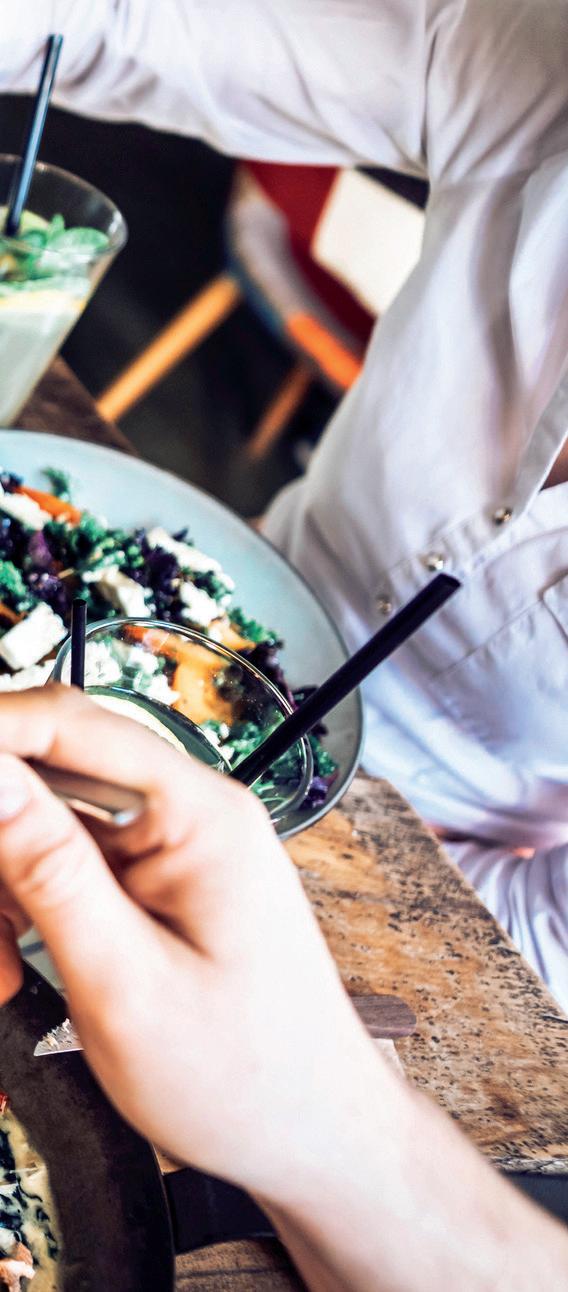
THE RELAXED
countryside gastropub is one of many across the country vying for the top spot in the inaugural Estrella Damm Top 50 New Zealand Gastropub awards, which aims to spotlight the best food-led pubs across the country.
Voting in the coveted competition, which is hosted by Hospitality New Zealand and sponsored by Estrella Damm, is in full swing with an unprecedented number of people having already given a nod to their favourite establishment.
Hospitality NZ Chief Executive, Steve Armitage says, “It’s fantastic to see so many people getting out and enjoying the diverse range of gastropubs Aotearoa has on offer, and in all corners of the motu.


We’ve been blown away by the number of votes, which is testament to the quality of the country’s food and beverage offering.”
The public is encouraged to vote for their favourite gastropub by the end of the month, which will ultimately determine the country’s top 50.
Consumer voting will culminate with an awards ceremony in April, where esteemed hospitality judges will select seven regional winners and crown a supreme champion.
The Top 50 list is poised to become a go-to dining guide for both locals and visitors, offering a curated selection of the nation’s best gastropubs. The initiative aims to spotlight the thriving gastropub scene that often goes unnoticed in culinary awards.
So, whether you’re keen to indulge
in wood-fired pizzas and local brews amongst the hops at GodsOwn Brewery in Hastings, sip on lychee cocktails at Milford Motel on Auckland’s north shore, or sample the local game flavours of the south at The Fat Duck in Te Anau, there is sure to be something for everyone.
Those who vote their favourite gastropub will instantly go in the draw to win an Auckland holiday for two, complete with return flights from any New Zealand domestic airport, accommodation in central Auckland, dinner at an established restaurant, tickets to the awards evening and a pass to some of Auckland’s best tourism experiences.
Head along to www.top50gastropubs.co.nz to cast your vote and be in to win!















